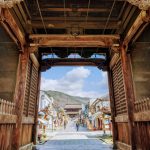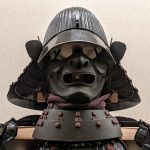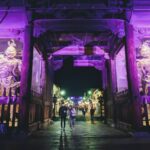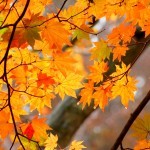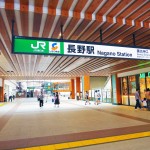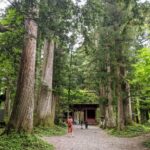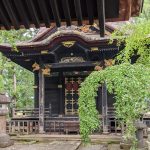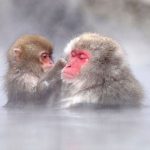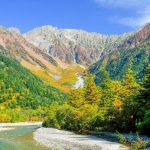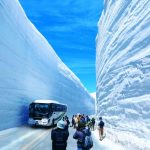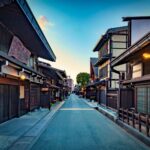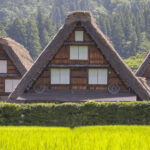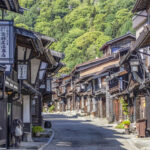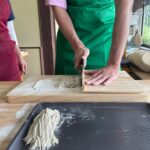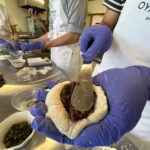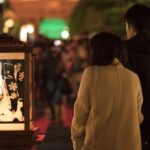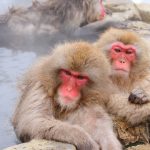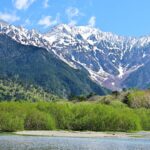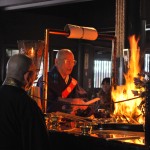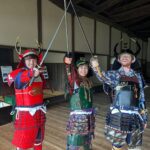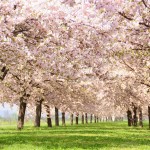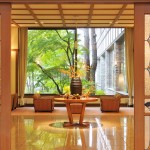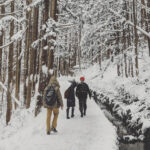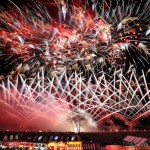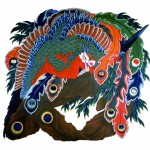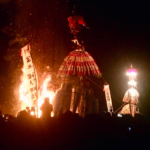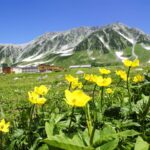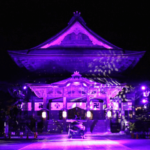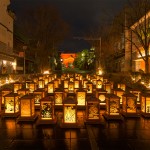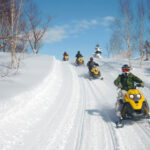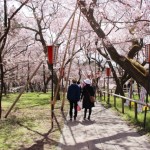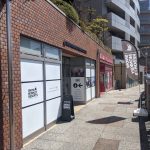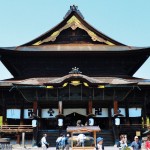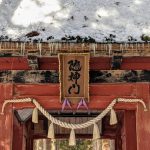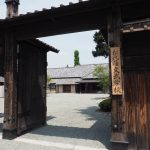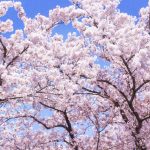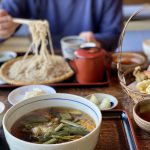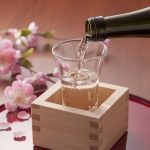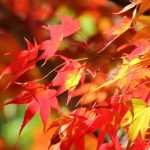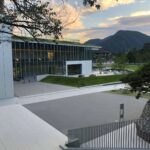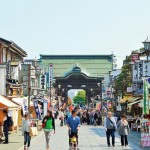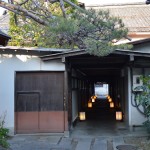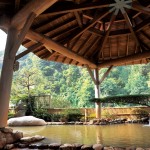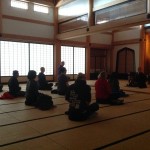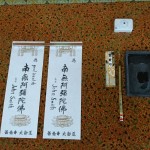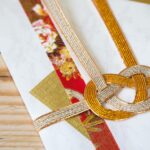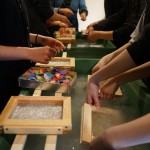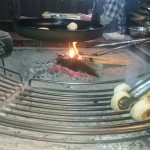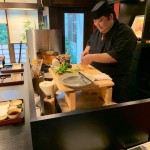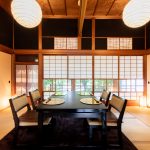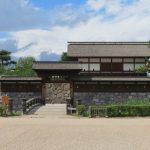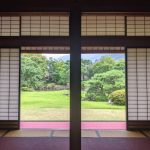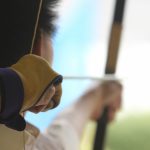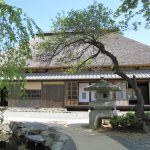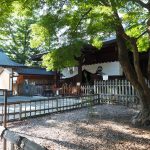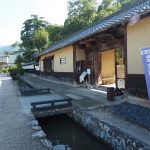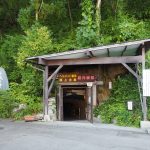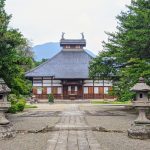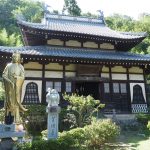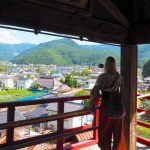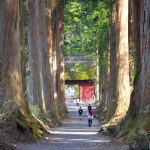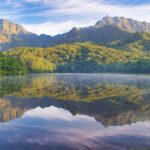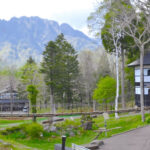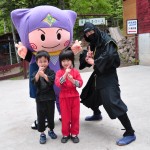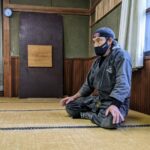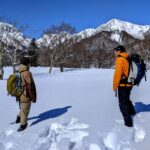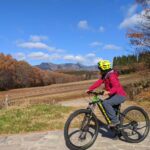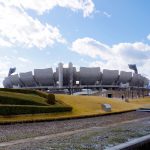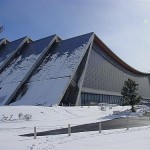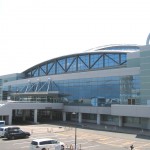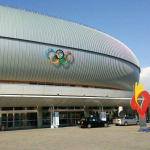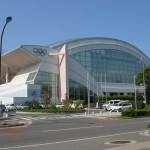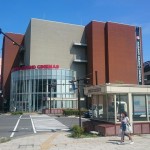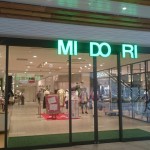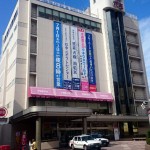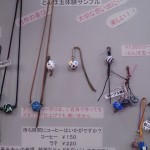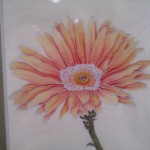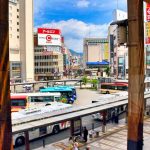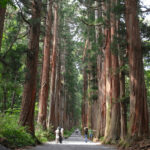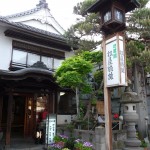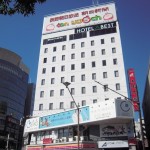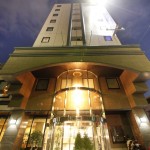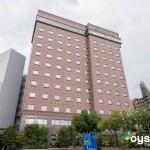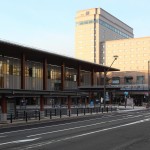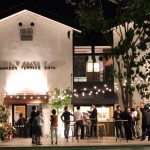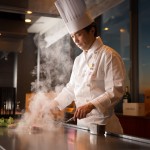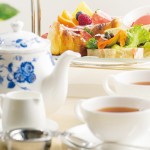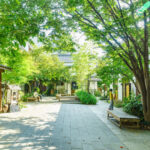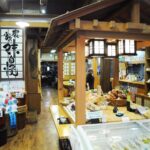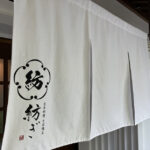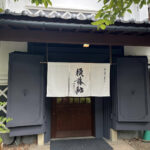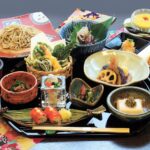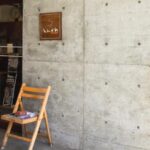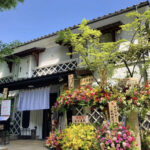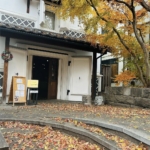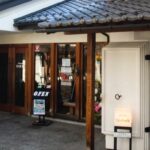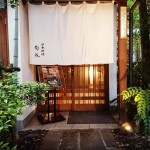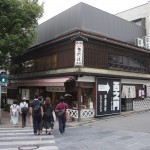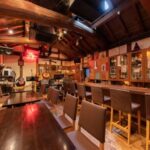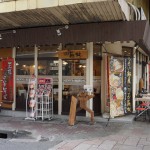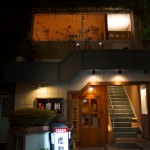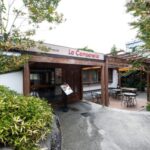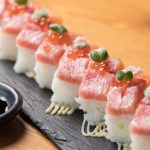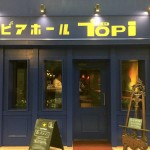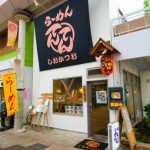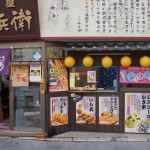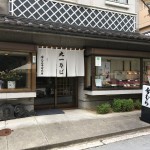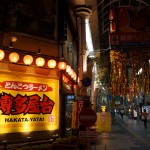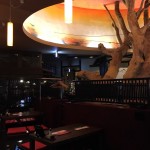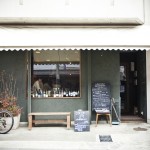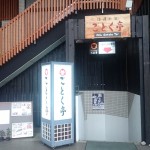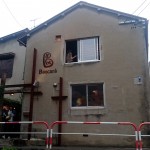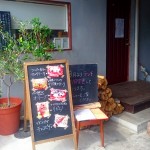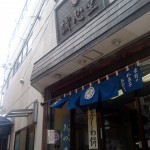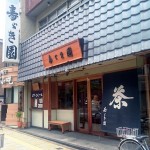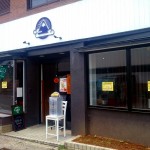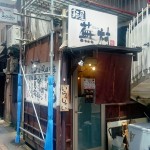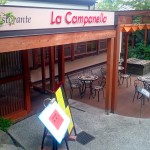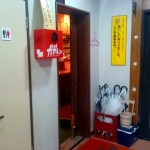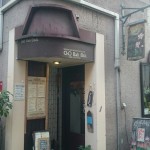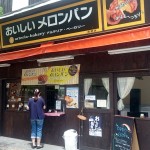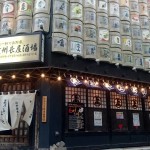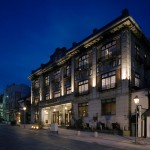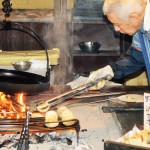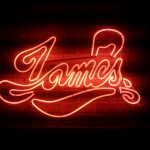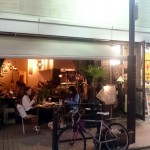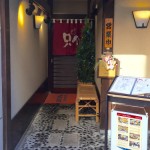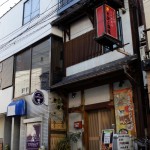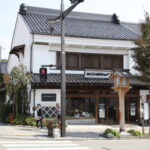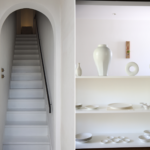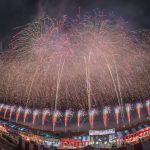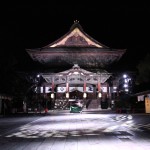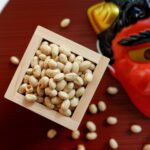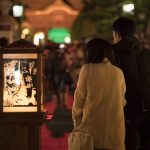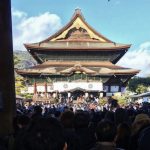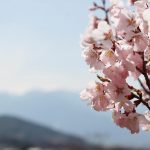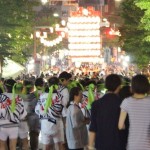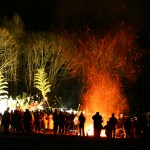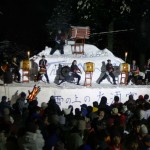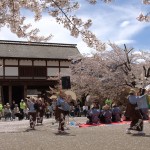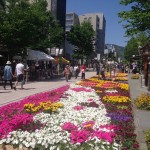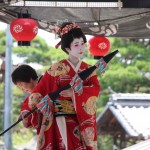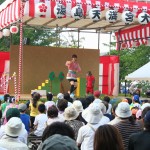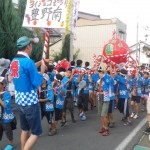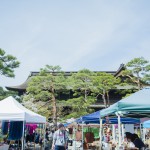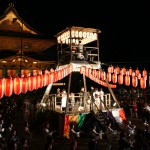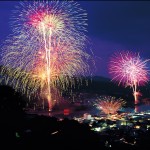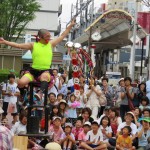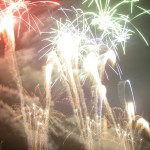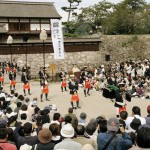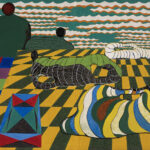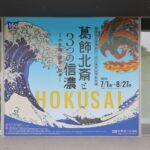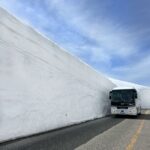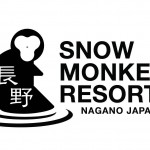15 Things To Do In Togakushi & Where To Stay
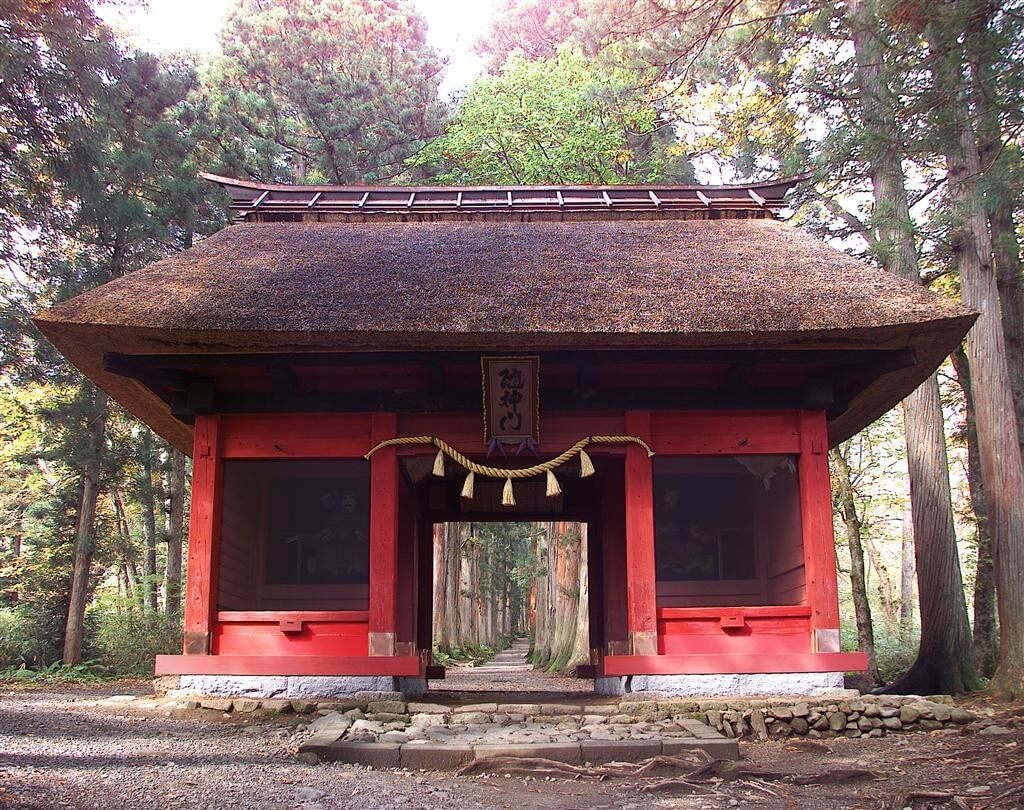
Nestled in the mountains to the north-west of Nagano City – and within the actual boundary of the city – Togakushi is famous for its seasonal beauty, spiritual significance and mixed natural/cultural attractions. It is a place of dramatic seasonal change experiencing heavy snowfall in winter, bursting into verdant forests and wild flowers through spring and summer, before turning slowly into a mosaic of colour in autumn – and all within easy reach of Nagano Station. On this page you will find the following information:
1 Day Tour
| 1-Day Togakushi Legends Tour: Hands-on Soba Noodles, Ninja Village, and Hidden Shrines | |
| Period | July to November |
| Time | 09:35 – 17:20 |
| Meeting Place | Nagano Station Information Board |
| Adult Rate | ¥19,800 |
| Child Rate | ¥11,000 |

— 15 Things to Do in Togakushi
— Where to Stay When Visiting Togakushi
— Explore Myoko-Togakushi Renzan National Park
— Book With Us! Nagano’s No.1 Tour & Charter Operator
Taking between 45 to 70-minutes to reach by public bus from Nagano Station, the forested mountains of Togakushi offer lots of enticing reasons to visit. Home to some of the most important Shinto shrines in Japan, the area plays a role in the creation myths of Japan itself; while its relative seclusion and deep forests were the birthplace of the Togakure school of ninja.
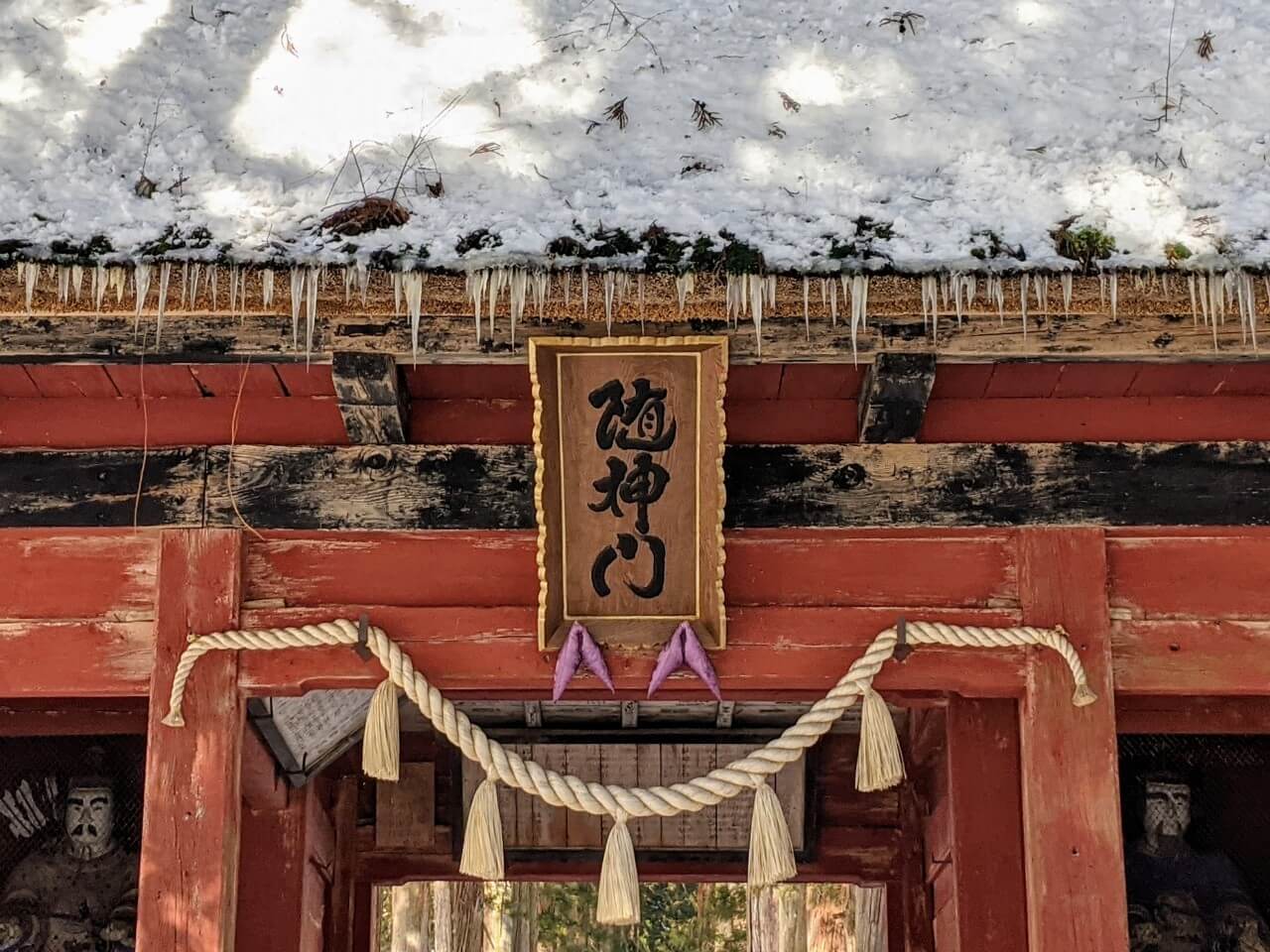
In more recent times, Togakushi has become famous throughout Japan for the delicious flavour of its ‘soba’ (buckwheat noodles) and practical beauty of its bamboo craft. Popular with nature-lovers and outdoor-enthusiasts, the hiking trails of Togakushi draw visitors from all over Japan – especially in autumn when the colours are truly beautiful – while locals know the area’s best-kept secret is in winter, that Togakushi is home to the nearest ski resort to Nagano Station.
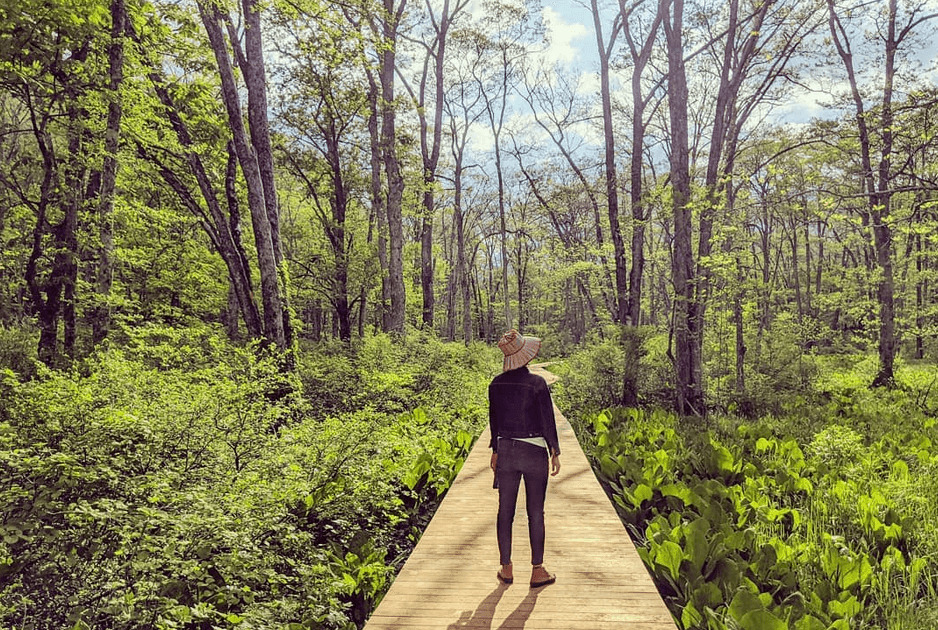

Nestled within the larger Myoko-Togakushi Renzan National Park, this is a place of special importance and one that will tempt you to go a little slower and explore deeper as you move into the true heart of Japan. As a registered travel agent and Nagano’s No.1-rated tour and charter operator, we offer both group and private tours, ski and travel packages, accommodation, private charters and more! For further details, scroll to the bottom of the page. Let’s start with the obvious question:
WHERE IS TOGAKUSHI?
Togakushi is a heavily forested alpine area that takes its name from Mount Togakushi (1904m), which rises above the surrounding area and village. That area is quite a wide region covering many attractions but in order to get your bearings, let’s consider the centre of Togakushi to be the Togakushi Tourist Information Center. Located in the upper village, it is around 20KM / 40-minutes drive from Nagano Station. Local bus services operate from Nagano Station to various points in Togakushi, taking 45 to 70-minutes depending on your exact destination. Togakushi village has an average elevation of around 1200 metres above sea level, blessing it with a cool climate through spring, summer and autumn, and very cold winter. Nestled within the larger Myoko-Togakushi Renzan National Park, Togakushi covers a wide area and boasts some of Japan’s most important Shinto shrines, beautiful walking trails, abundant flora and fauna along with the nearest ski resort to Nagano Station, Togakushi Ski Resort.
15 THINGS TO DO IN TOGAKUSHI
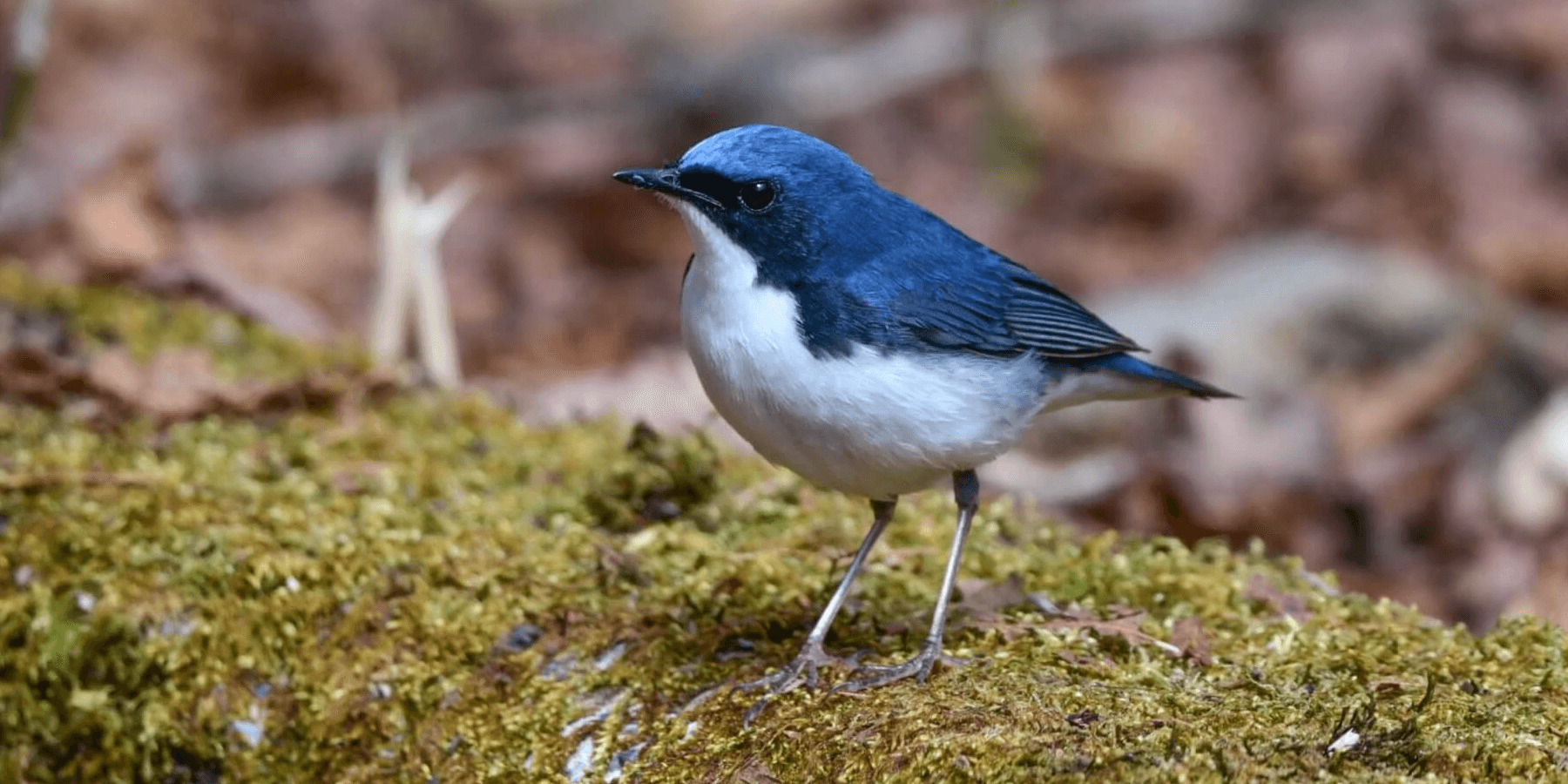
Around an hour from Nagano Station using local bus services, Togakushi remains something hidden gem for many international visitors. Boasting some of the most important Shinto shrines in Japan, a local school of ninja, renowned ‘soba’ and bamboo craft, and the nearest ski resort to Nagano City, don’t expect Togakushi to remain secret for too much longer. Here’s our recommendation of fifteen things to do there when you visit:
1 / THE SHRINES OF TOGAKUSHI: ‘OKUSHA’ & GIANT CEDARS / all year round*
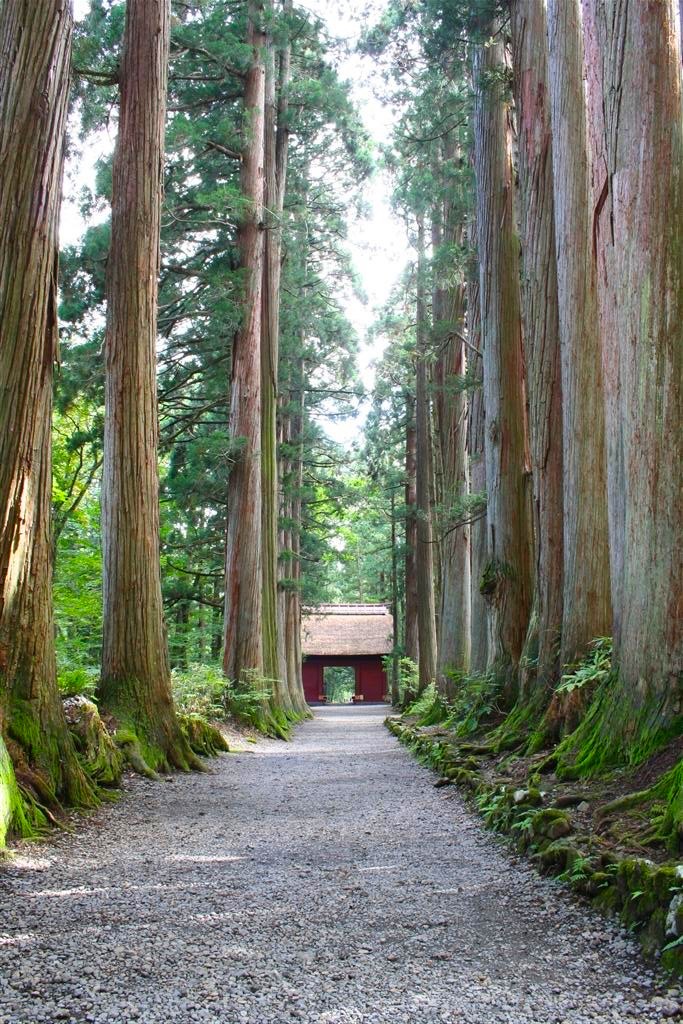
Japan’s native religion of Shintoism has a strong association with nature worship and a belief that notable natural features are imbued with divinity. This belief is on grand display in Togakushi, where the five shrines making up the Shinto complex are spread through the forest with trails leading from one to the next.
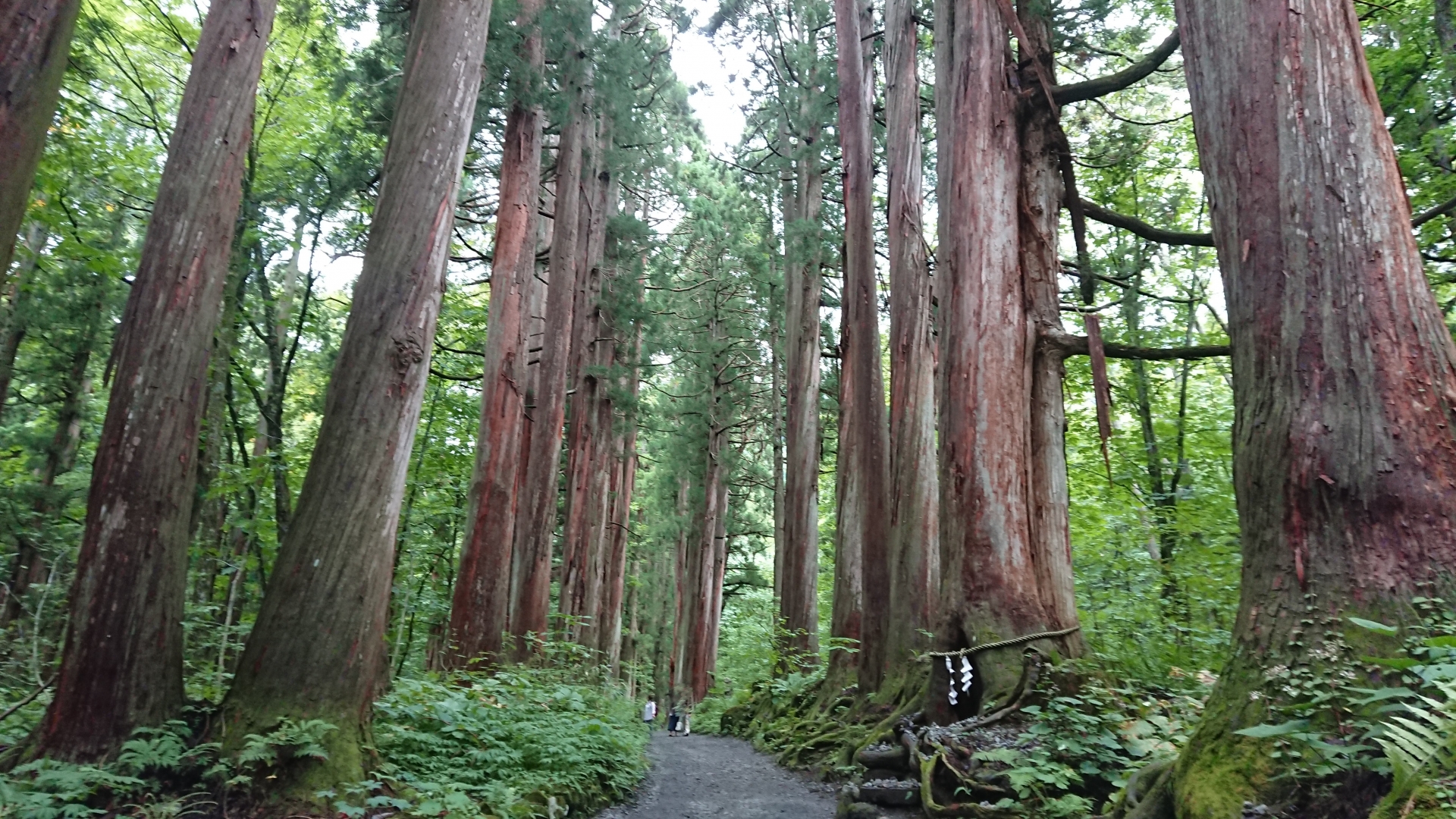
Of the five, the ‘Okusha’ is the best known due to the avenue of giant cedars leading to it. Many of the huge trees are between 400 to 800 years old and considered inhabited by ‘kami’ or ‘the divine’, meaning that they have as much importance as the shrine itself.
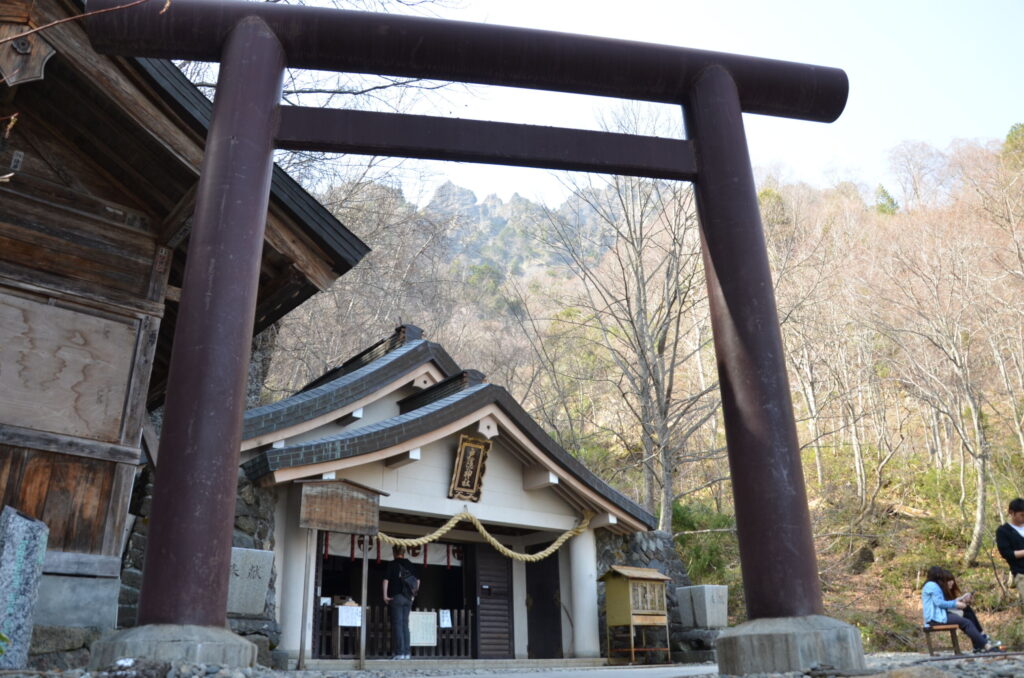
The shrine itself is relatively small and sits in the shadow of the ragged peaks of Togakushi, rising to just under 2000 metres. It is interesting to note that prior to the introduction of Buddhism to Japan, ‘koshinto’ or ‘old Shinto’ had no tradition of temple/shrine-building, and features such as mountains, trees and waterfalls were in themselves the focal point of devotion and prayer. As such, the site of the Okusha is said to date back at least 2000 years as a place of pilgrimage. The walk from the trailhead to the shrine is around 2km and takes most visitors around 45-minutes each way. While a good deal of the trail is level and well-maintained, closer to the shrine you will have to ascend roughly-hewn stone stairs which can be troublesome and slippery when wet. If you’re not up for that, the walk through the ‘Zuishinmon’ (red gate) and cedars is the highlight and an easy stroll from the trailhead.
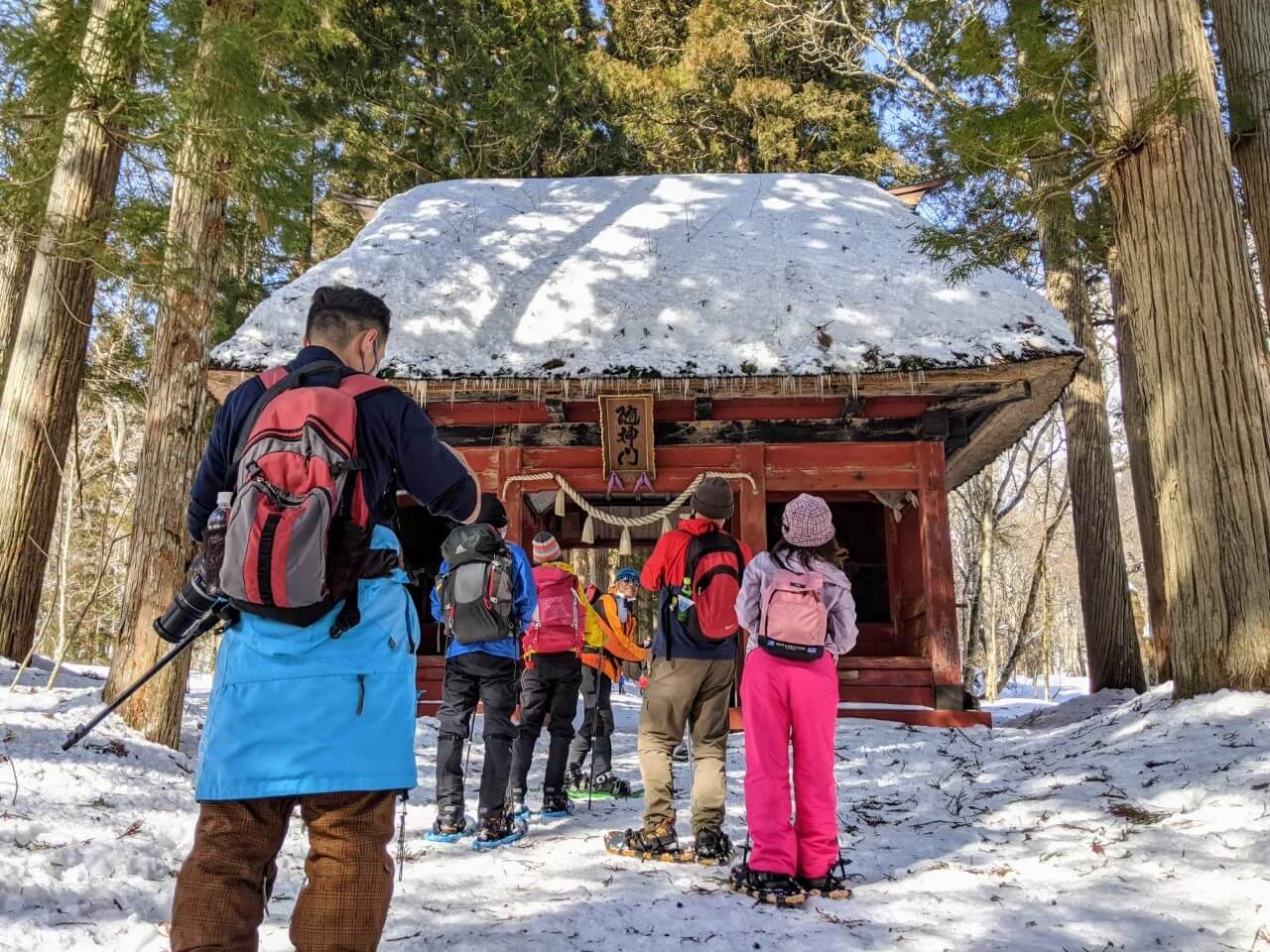
*To access the Okusha in winter – from December to March – you will need snowshoes, clothing and gear appropriate for winter hiking. Unless you are experienced and properly prepared, we do not recommend attempting to walk all the way to the shrine. For further details regarding the five shrines, see our ‘Togakushi’ activity page.
2 / THE SHRINES OF TOGAKUSHI: ‘CHUSHA’ / all year round
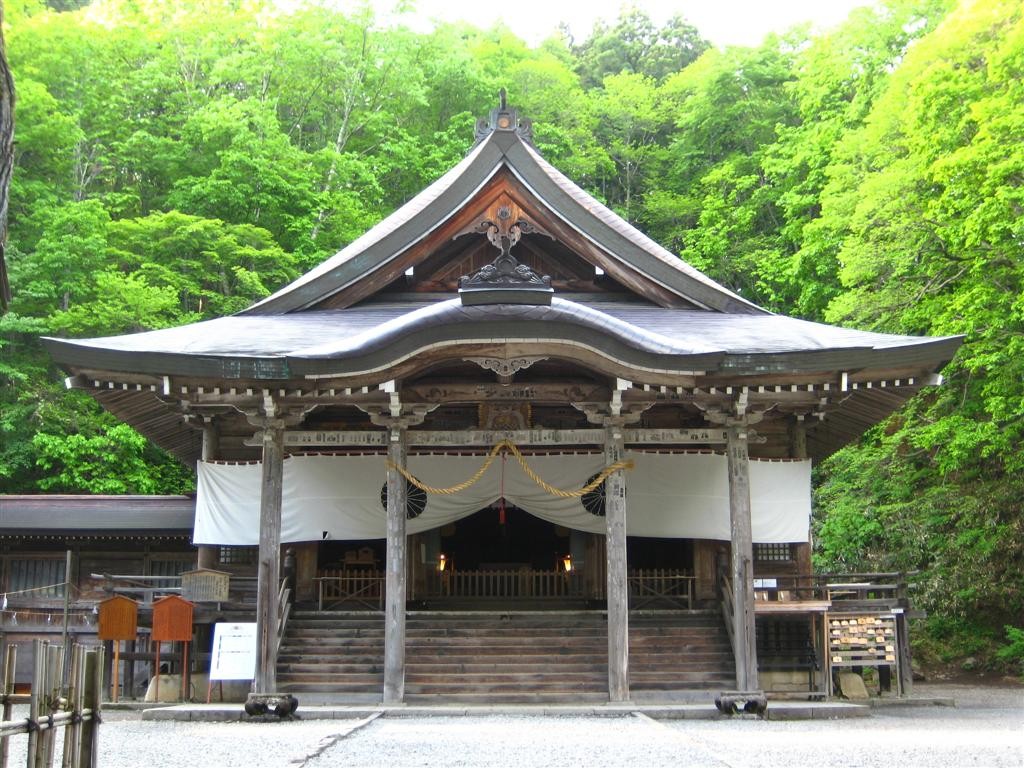
Of the five shrines of Togaksuhi, the ‘Chuusha’ (Middle Shrine) is the largest. Accessible via walking trails or directly via car and local bus, the shrine is dedicated to wisdom and famous for several enormous cedars that estimated to be around 800 years old. Surrounding the middle shrine, several ‘soba’ restaurants and bamboo craft shops are within easy walking distance.
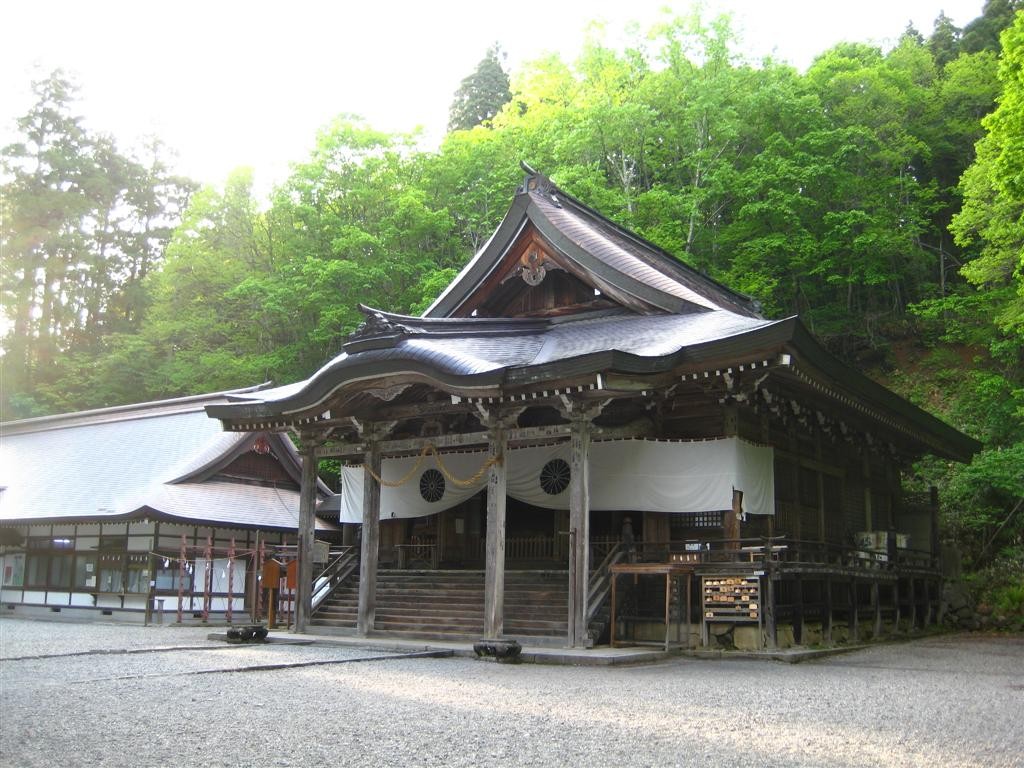
Located in the center of the Togaksuhi village, the Chusha is noticeably busier than the other shrines however don’t let that put you off. It is only really busy on weekends or public holidays, while on weekdays, it is likely to be very quiet. Even when busy, it’s a far cry from the congestion of shrines in cities such as Tokyo and Kyoto. For further details regarding the five shrines, see our ‘Togakushi’ activity page.
3 / HIKING & WALKING BETWEEN THE SHRINES / best: spring to autumn*
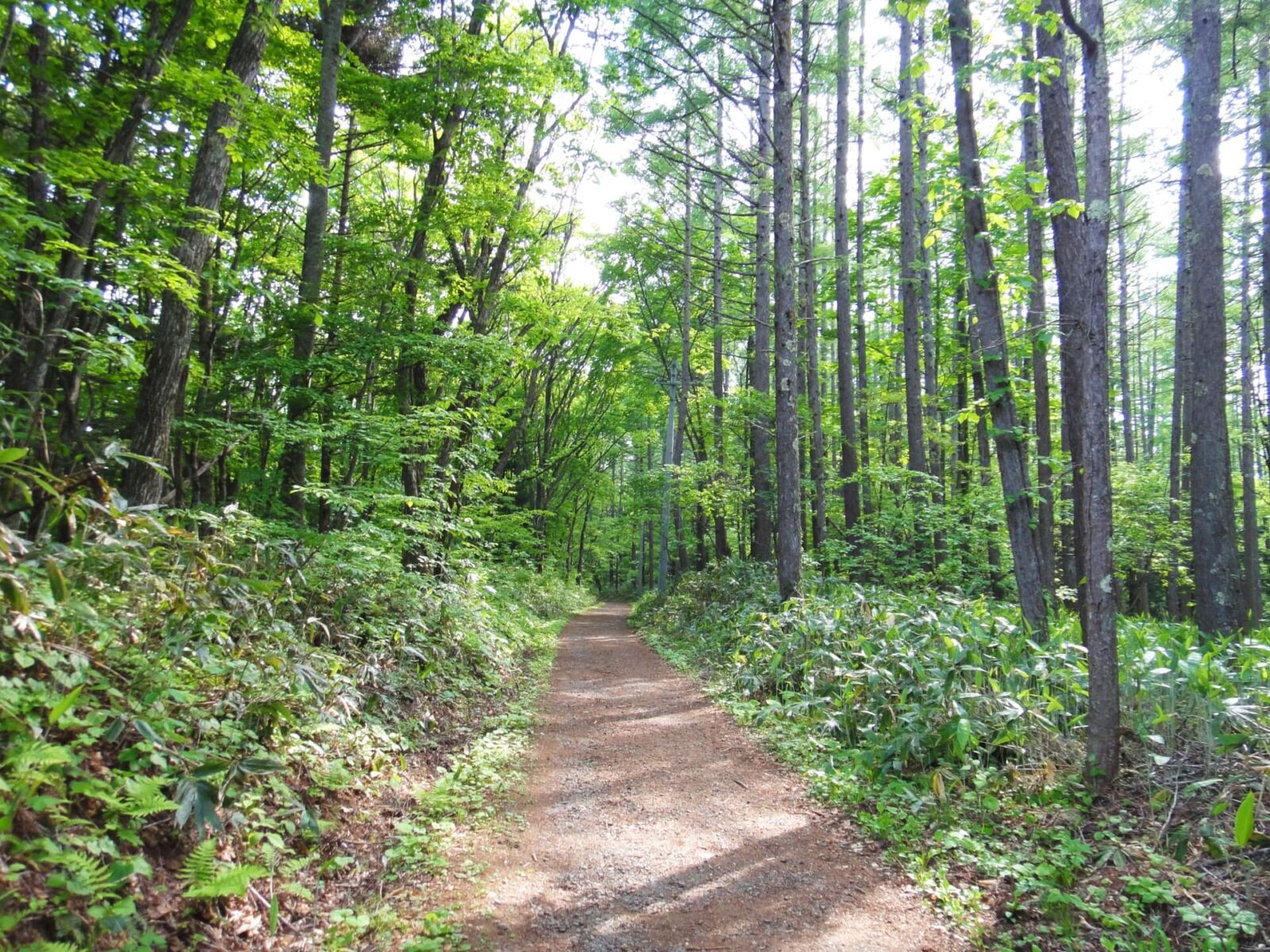
Should you wish to, you can visit each of the five shrines along walking trails that are suitable for anyone of reasonable fitness. Generally speaking, depending on the time of year and your own personal energy levels, there are two ways you can tackle this hike. Some visitors prefer to start their hike at the highest point, Togakushi ‘Okusha’, and then work their way down through the ‘Kuzurusha’, ‘Chusha’, ‘Hinomikosha’ and finally ending at the ‘Hokosha’ (Lower Shrine).
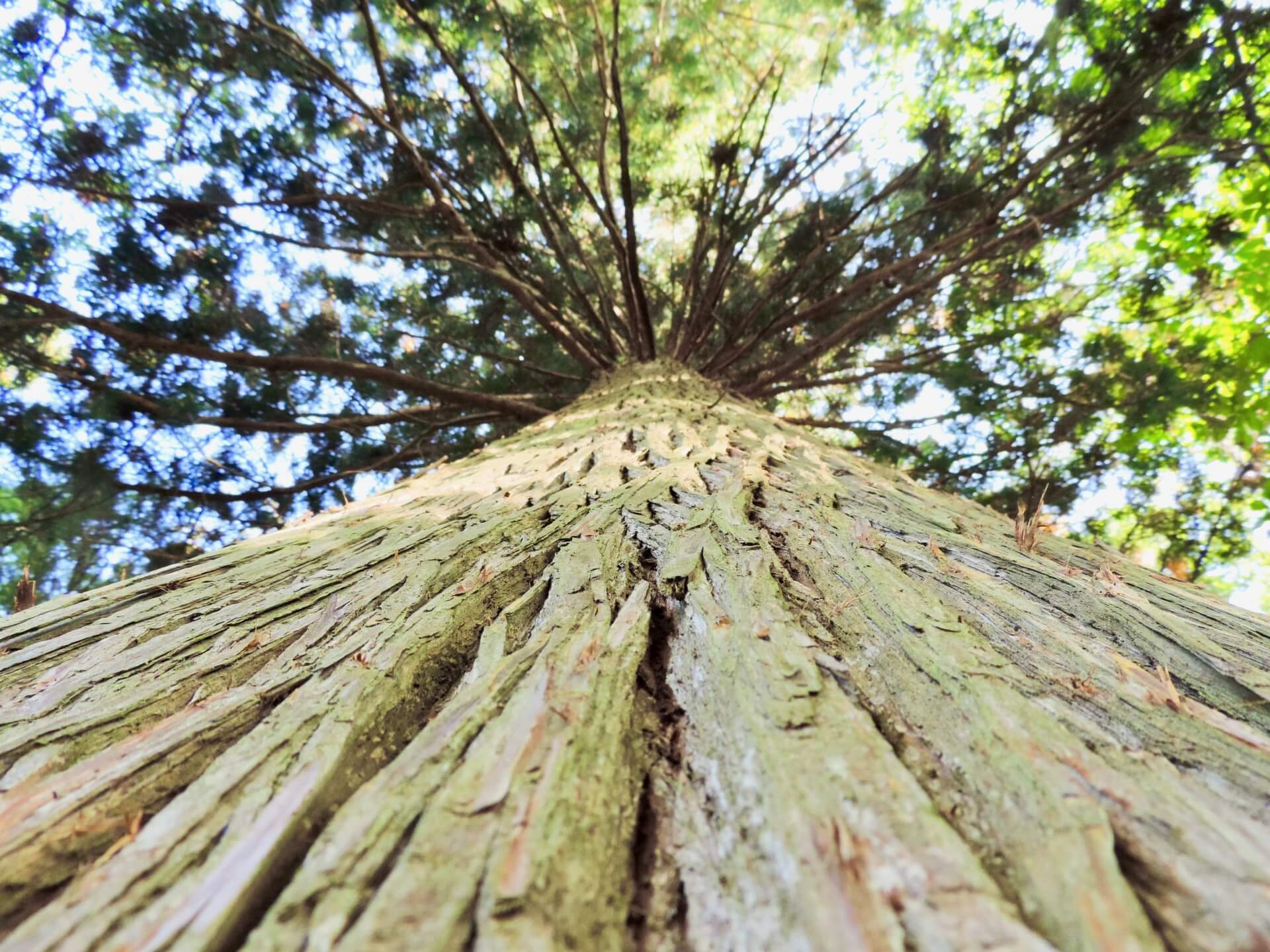
However, if you really fancy a challenge, then why not get off the bus at the Hokosha and hike the full five kilometres to the Okusha. It’s not such a difficult hike and the gradual uphill gradient means you’ll not be too tired when you eventually reach the Okusha. If it’s a nice day then you also have the option of diverging from the trail after passing the Chusha. The left-hand path will take you up past Kagami-ike (see below for details) – whilst the right-hand path will take you to the ninja house and folk museum on your way to Kuzurusha and Okusha.
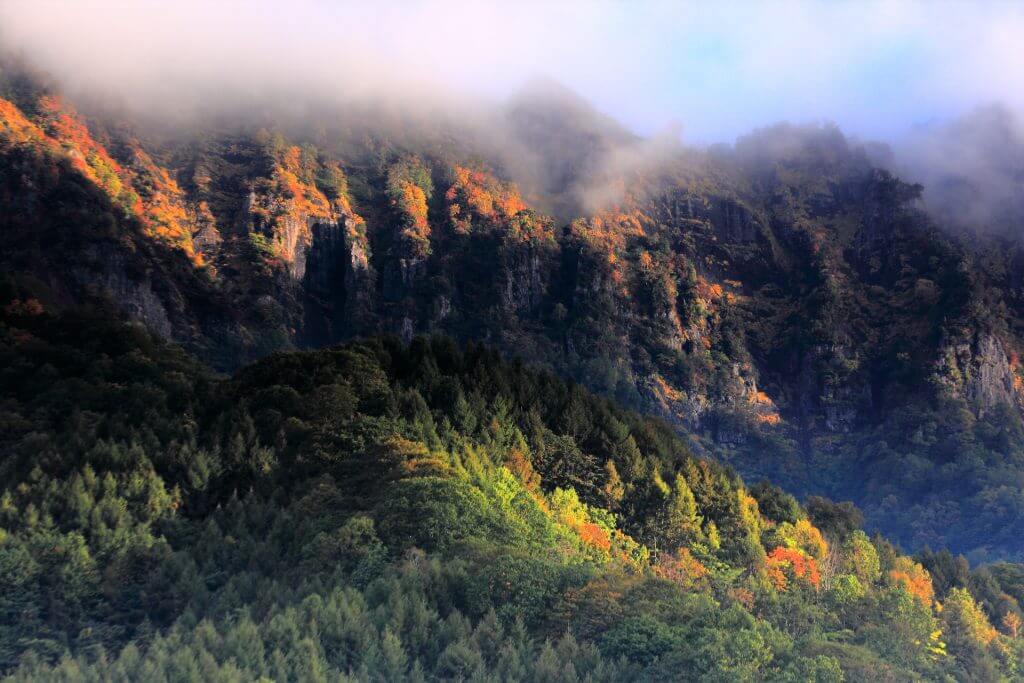
*To walk the trails in winter – December to March – you will need snowshoes, clothing and gear appropriate for winter hiking. Unless you are experienced and properly prepared, we do not recommend attempting to walk all the way to the shrine.For further details regarding walking between the five shrines, see our ‘Togakushi’ activity page.
4 / TOGAKURE NINPO MUSEUM / April to November
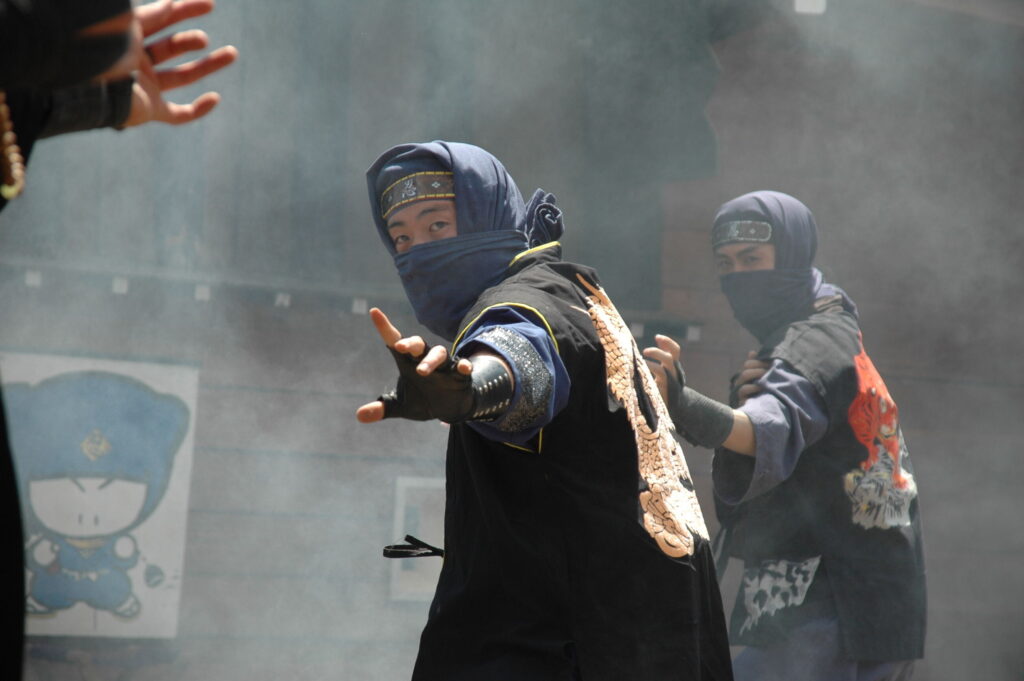

For more than 800 years, Togakushi has had a strong association with Japan’s fabled ninjas. Established in the 12th century, the Togakure school of ninja was founded in the mountains of Togakushi which since that time was home to these most mysterious of warriors. Though practicing ninja maybe few and far between these days – believe it or not there are still some – the mountains and forests of Togakushi now play host to a ninja museum and kids village, making it a must-do activity for any aspiring ninja amongst us!
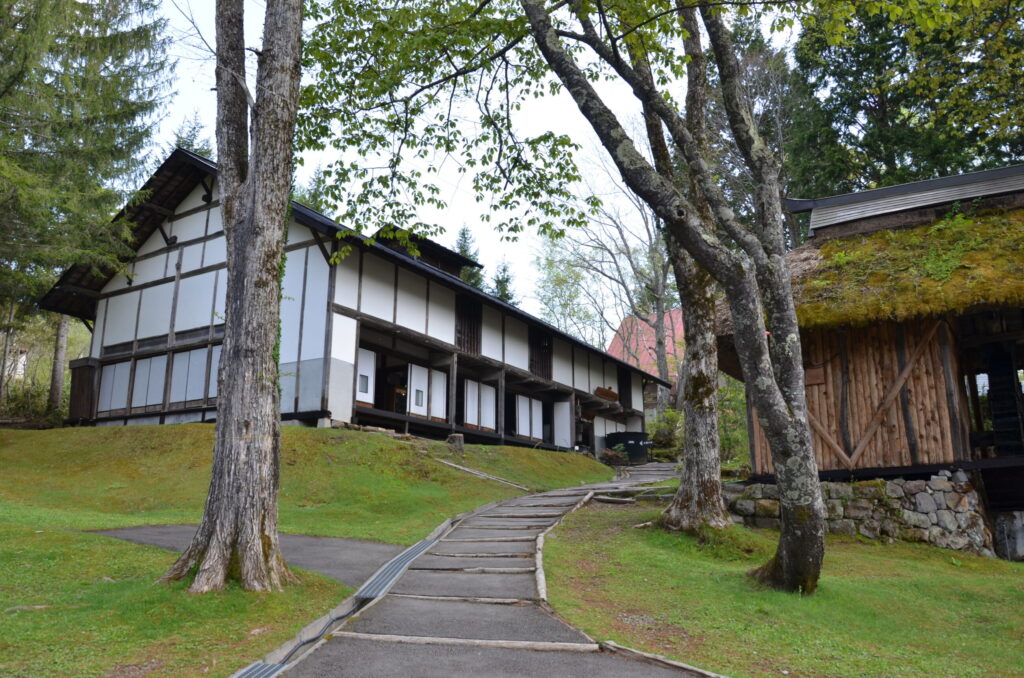
Located directly across from the avenue leading to the Okusha, the Togakure Ninpo Museum showcases the local Togakure school of ninja including exhibits of tools and weapons used. Founded by a local warrior who travelled to Iga – the traditional home of ninja – in the 12th century, Togakushi and its museum tell the story of the local school, of which, there continue to be practitioners; while the Museum of Togakushi Folklore exhibits traditional tools, clothing, furniture and other artefacts unique to the area. Visitors can try their hand at essential ninja skills such as throwing ‘shuriken’ (ninja stars) while the highlight of the museum lies in wait at the Ninja House. Rigged with secret doors, passages and traps to confuse those who enter, the aim is simple – get yourself back out of the house! The house is a true maze, equally fun for adults as it is children. The museum is open 09:00-17:00 from late-April to late-November. Admission is JPY600.
5 / CHIBIKO NINJA MURA (KID’S NINJA VILLAGE) / April to November
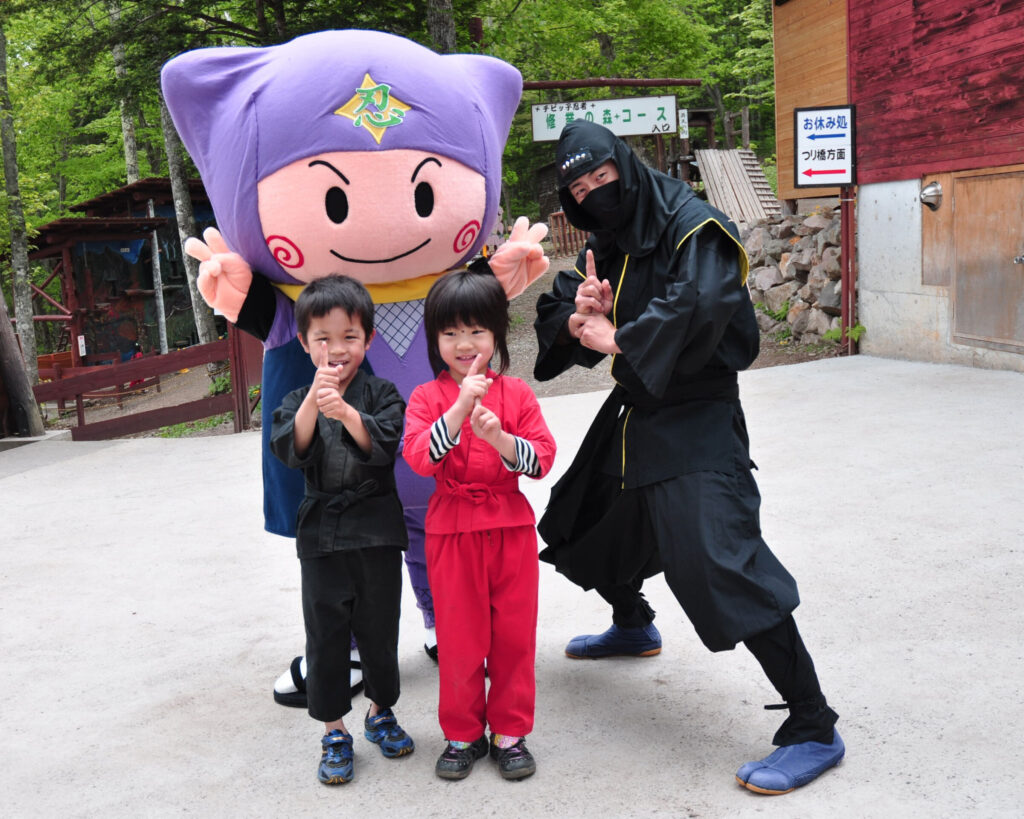
The ‘Chibiko Ninja Mura’ (Kids Ninja Village) is located within 15 minutes walk of the Chuusha (Middle Shrine) and designed for children with obstacle courses and everything they need for ninja training. Activities including blow darts and shuriken are available at an extra charge. Children can also dress-up in ninja outfits for the duration of their visit. Two ninja mansions include trapdoors and contraptions, to confuse and delightful the kids as they attempt to escape.
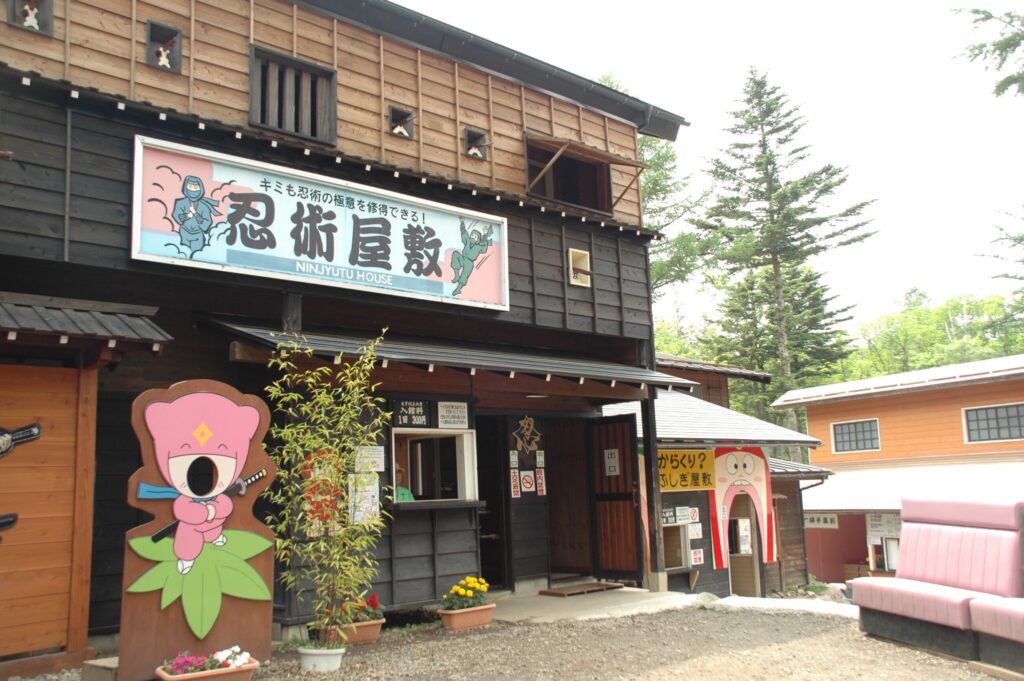
The kids village is open 09:00-17:00 from late-April to late-November. Admission is JPY500 with JPY300 charged per paid attraction. A more inclusive ticket covering admission and 6 paid attraction costs JPY1850 while rental ninja costumes (just for the kids) are available for JPY800.
6 / THE TASTE OF TOGAKUSHI ‘SOBA’ / all year round
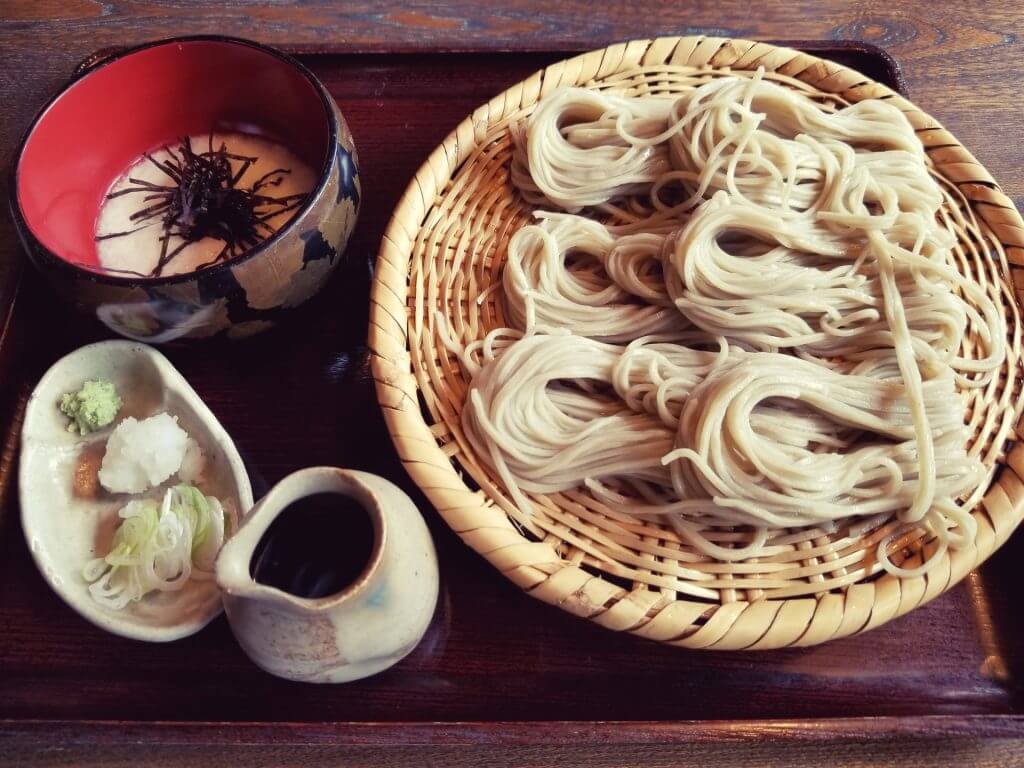
A place of purity, Togakushi is also well-known for its delicious ‘soba’ (buckwheat noodles). The pure water of the mountains impart a fresh taste to the noodles which some claim, are the best in Japan. Numerous restaurants will happily serve you their own handmade soba with most conveniently located nearby the major shrines or trail heads. When visiting Togakushi, enjoying a soba meal is without doubt a requirement!
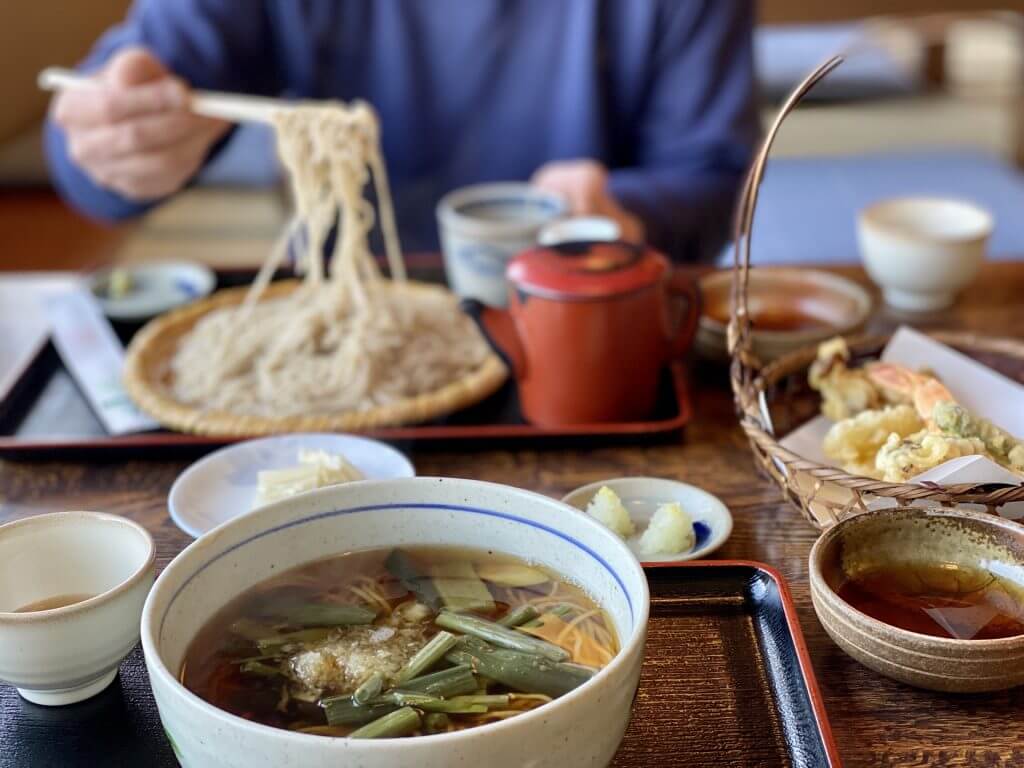
Togakushi is home to many soba restaurants. Most are family-run and of course, pride themselves on their delicious hand-made noodles. Of those restaurants, Uzuruya is the most famous. Located directly across from the Chuusha (Middle Shrine), the restaurant has operated for hundreds of years and now draws visitors from all over Japan. The welcoming owners serve some of Togakushi’s best soba but be warned, unless you arrive early, you’re likely to have to queue outside. For further information, see our ‘Try Togakushi’s Renowned Soba’ activity page.
7 / TOGAKUSHI SKI RESORT / December to March
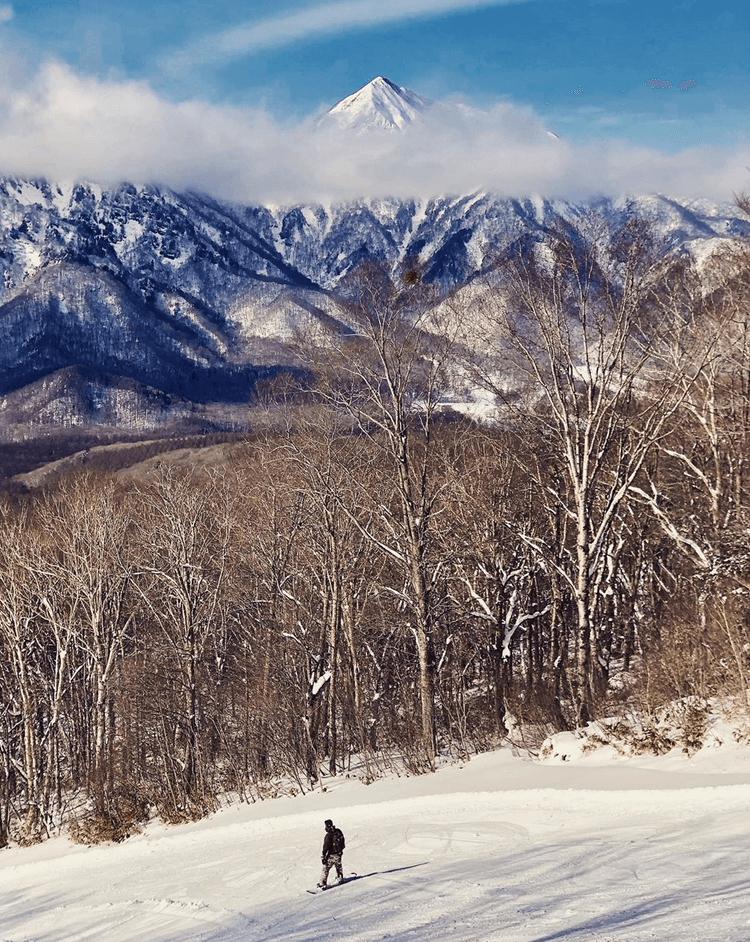
Located less than an hour from Nagano Station, Togakushi Ski Resort is a small but highly enjoyable ski area popular with locals. Consisting of 19 ski runs serviced by 7 chairlifts – a total of around 58 hectares of piste and 550 metres of vertical – Togakushi is indeed relatively small but unlike the larger resorts of Hakuba, it retains its Japanese character.
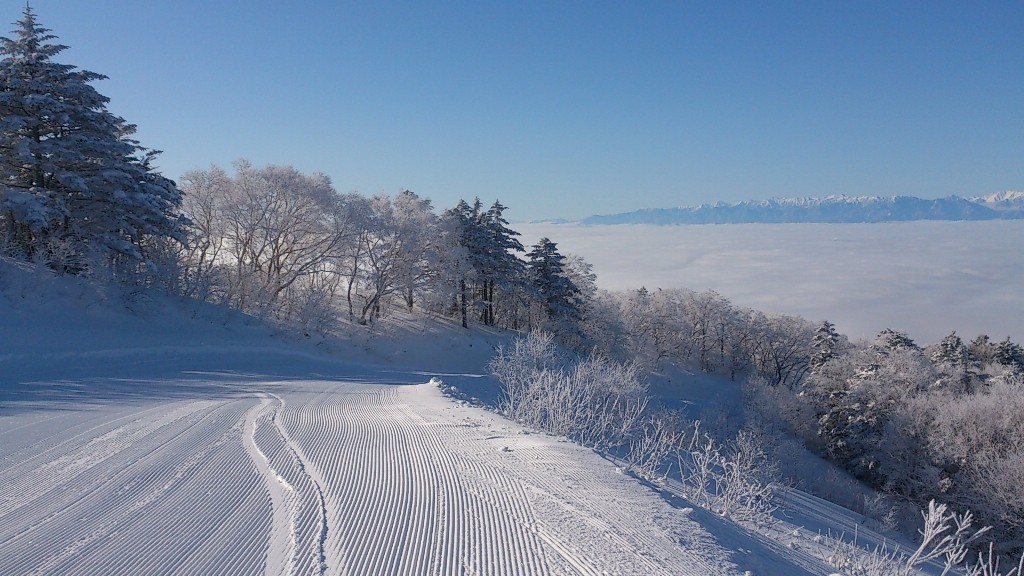
Mostly frequented by Japanese, you won’t encounter the crowds and hugely international profile of the Hakuba resorts. Weekdays are likely to be quiet and when the snow is good, this is a highly entertaining resort that you’ll wish you discovered earlier!
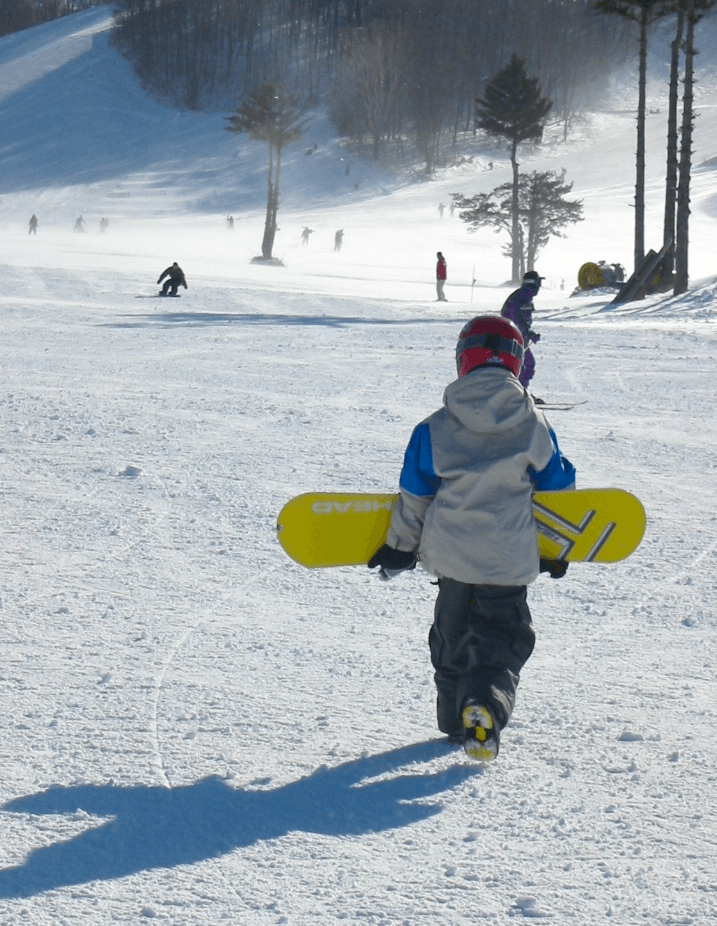
Off-piste skiing/boarding is officially banned at Togakushi. Advanced skiers and snowboarders are likely to find this frustrating, and with short runs and relatively straight-forward terrain, Togakushi is best-suited to beginners and intermediates. However, visitors to the resort will quickly notice that it remains particularly popular with local, advanced skiers, who hone their skills on several black runs. The resort remains heavily focused on skiers with snowboarders a relative rarity and those that are there usually know what they’re doing. The lack of snowboard newbies at Togakushi is a positive, as the ski runs are uncluttered by first-timers allowing intermediate and advanced skiers and snowboarders to go about their business without hindrance.
8 / TOGAKUSHI FOREST BOTANICAL GARDEN / best: May to November
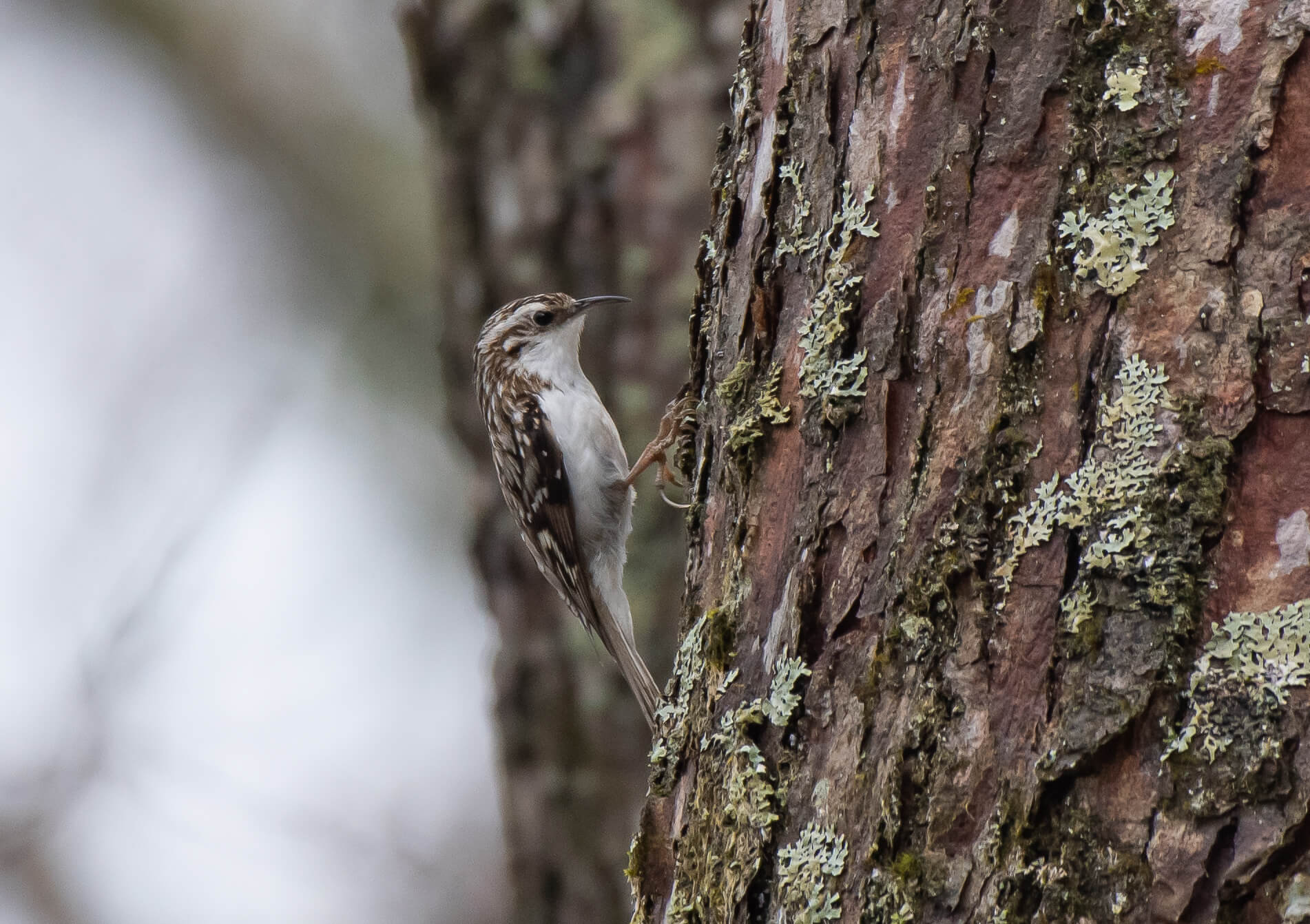
The Togakushi Forest Botanical Garden is considered one of Central Japan’s best destinations for bird-watching. More than 120 species of bird are known to inhabit the mountain forests with bird-watchers coming from all over the country to photograph them. The trails leading through the Togakushi Forest Botanical Garden are regarded as the best spot to enjoy the varied birdlife along with other animals including deer. In June, the area is also blessed with the bloom of ‘mizubasho’ in the surrounding waterways and marshes of the botanical garden.
9 / WANDER THROUGH FIELDS OF ‘MIZUBASHO’ / May to June
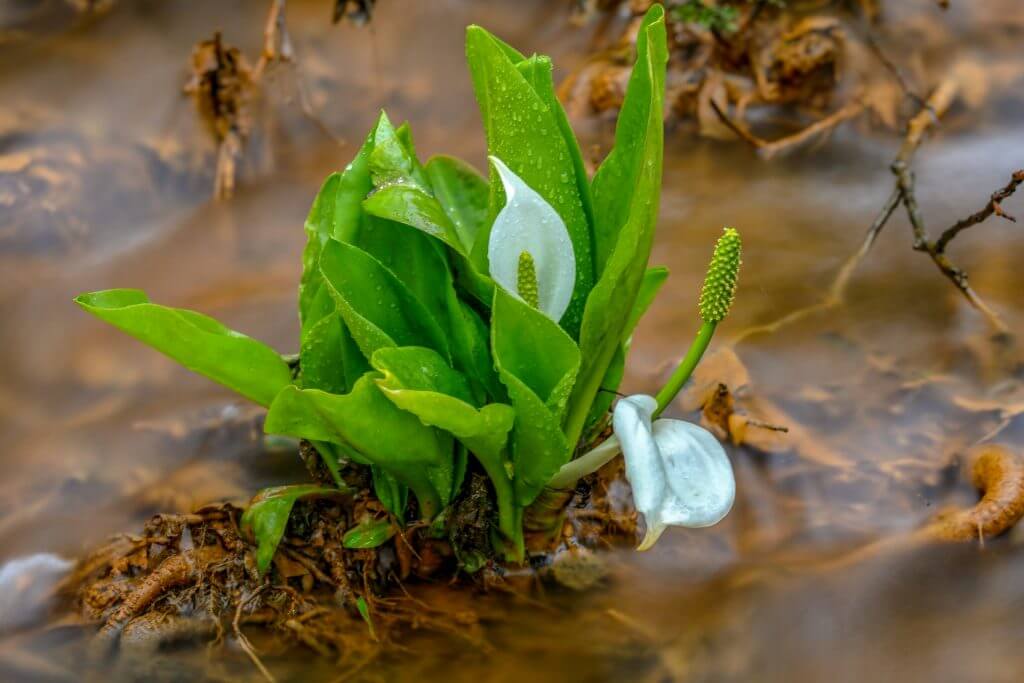
From May to June the botanical garden is transformed by the blooming of wild ‘mizubasho’. Each year the beautiful white flowers emerge from the snow-melt, attracting photographers from all over Japan. During these months, the flowers are in full bloom, and perhaps more importantly the weather in Nagano is just at the sweet spot between the end of the cold, harsh winter and the at times stifling heat and humidity that Japanese summer brings from mid-July onward. They can be enjoyed walking on the raised walkways of the botanical garden and in combination with a visit to the nearby Okusha or Kagami-ike – both within easy walking distance.
10 / TAKE IN THE BEAUTY OF KAGAMI-IKE / best: spring to autumn*
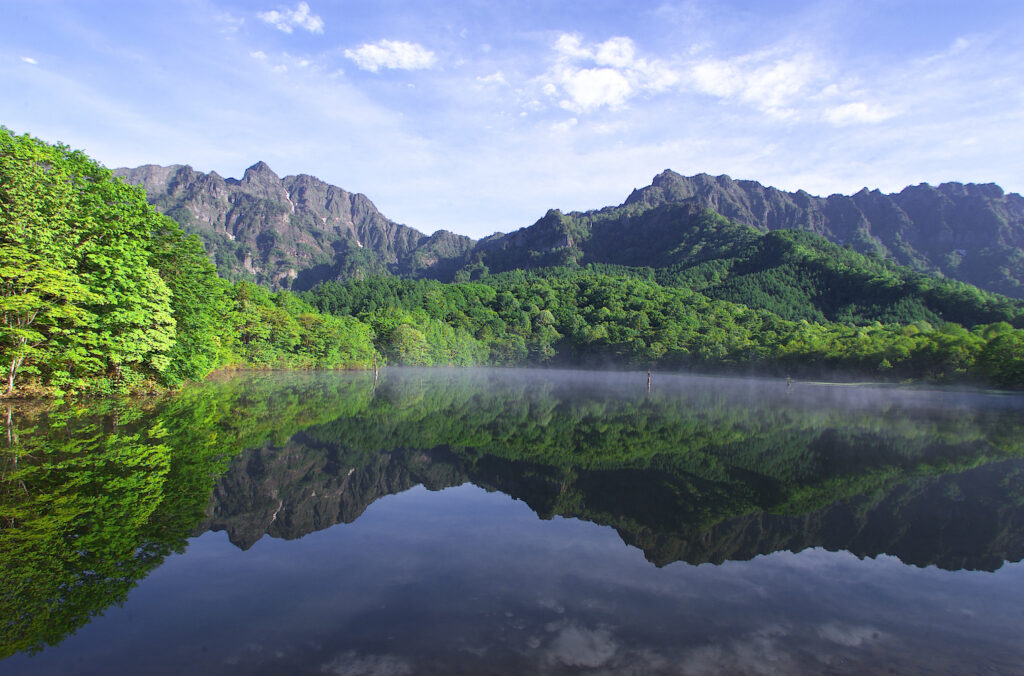
Translating as ‘mirror pond’, Kagami-ike can be reached along Togakushi’s walking trails or by car or local bus. As the name suggests, on a clear and calm day the water of the lake reflect the surrounding landscape – creating a mirrored image of the forest and mountains. Kagami -ike is probably best enjoyed at the height of the Japanese autumn season from late October to early December, when the red, brown and golden autumn leaves of the surrounding forrest cast the most seductive reflections on the cool, clear waters of the pond. Although somewhat out of the way from the rest of the local attractions, Kagami-ike Pond is easily accessible by local bus.
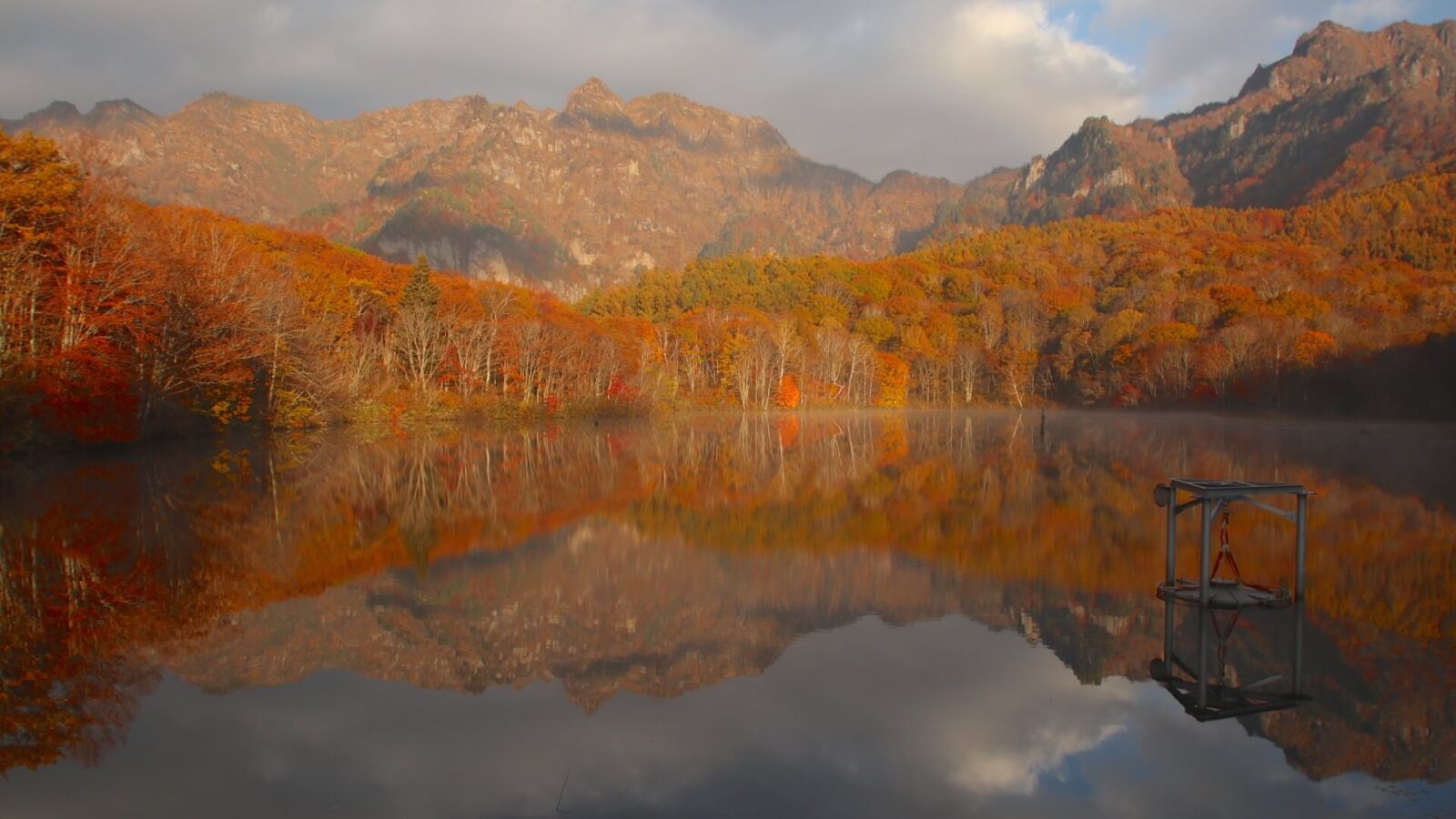
*Kagami-ike can also be accessed by car in winter but we do not recommend attempting the walking trails between December to March, unless you have snowshoes, clothing and gear appropriate for winter hiking.
11 / ‘KOYO’ SEASON: TOGKAUSHI IN AUTUMN / October to November
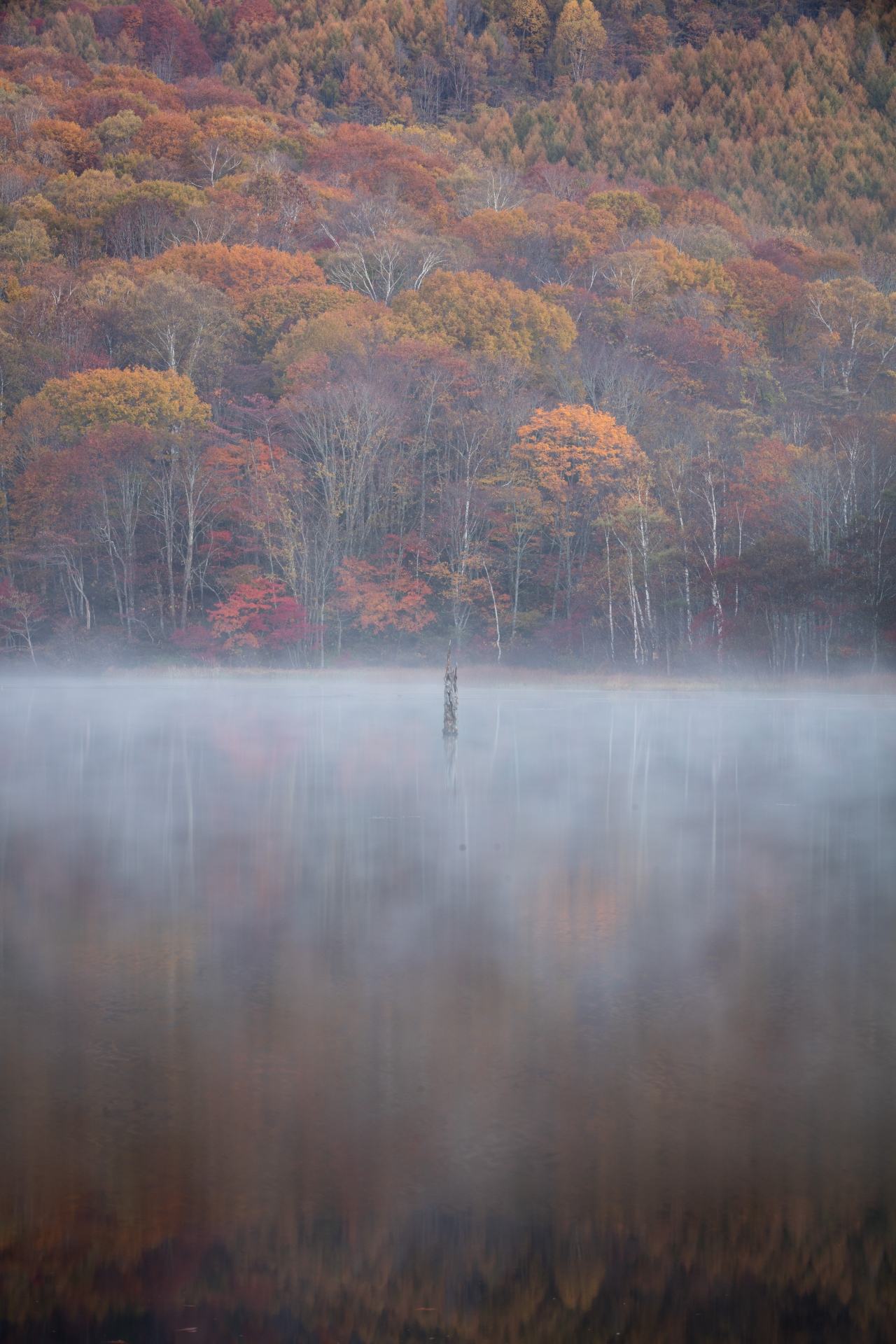

Speaking of autumn, Togkashi is one of Central Japan’s most renowned spots for enjoying the beauty of the changing leaves. Known as ‘koyo’ in Japanese, the autumn leaves taks hold through October and November, when the forests of Togakushi will turn rich shades of yellow, amber, red and gold. The timing is different each year but if you are visiting Nagano in autumn, visiting Togakushi for this reason alone is an essential experience. Needless to say, the shrines look even more stunning and ‘soba’ tastes even better in autumn! For more information about where to find the most beautiful autumn leaves, see our ‘Autumn Leaves in Nagano’ activity page.
12 / TRADITIONAL BAMBOO CRAFT / all year round
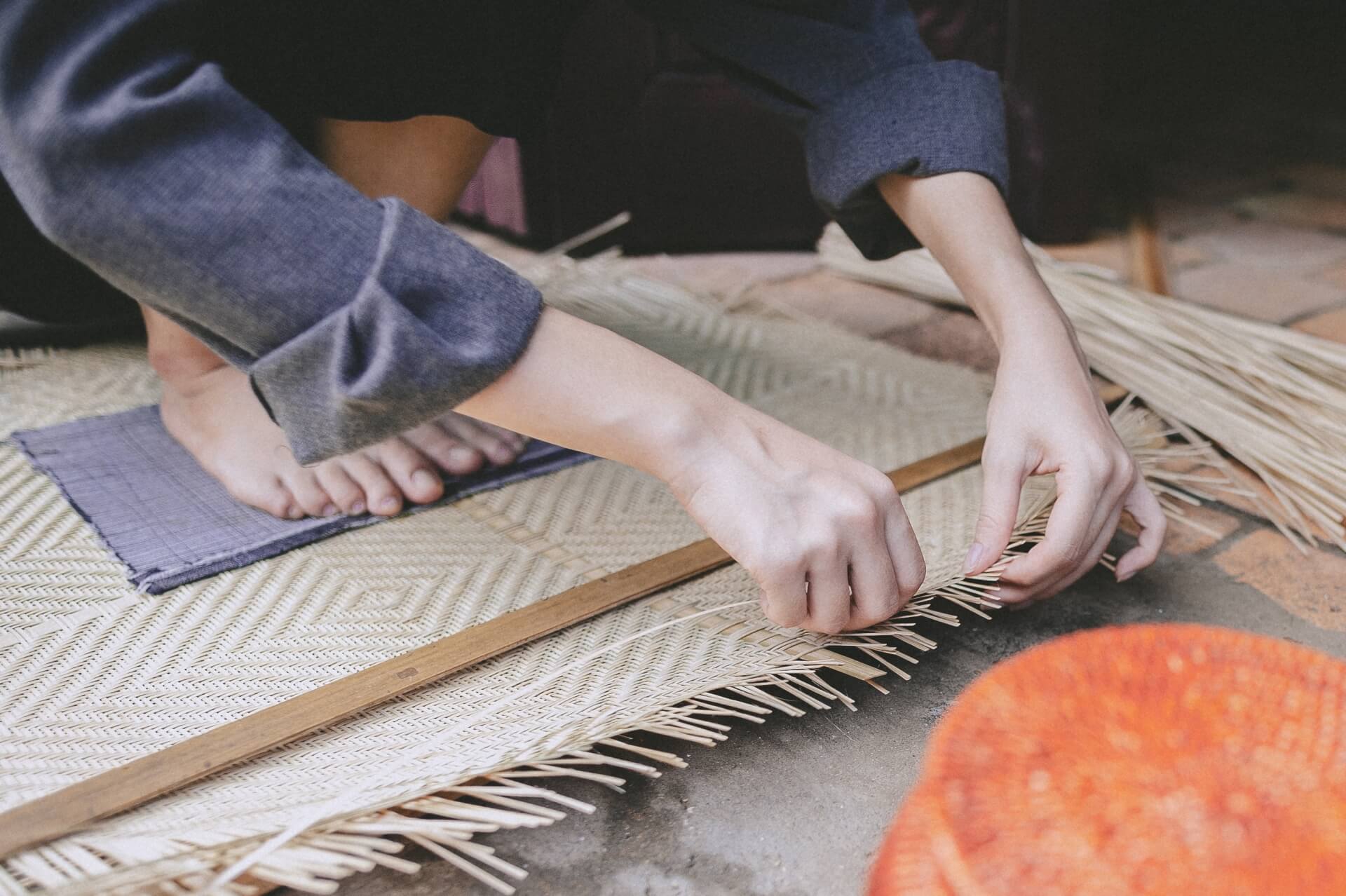
Known as ‘takezaiku’ or ‘nemagaridake’ in Japanese, the art of bamboo-weaving is an ageless craft that serves a very practical need to shaping daily objects from the most durable of materials. Like so many things in Japan, over many generations a very practical need has transcended its purpose to an artform, with many bamboo items considered works of art and fetching high prices. Togakushi is known for the skill and beauty of its bamboo craft, with lots of shops selling their goods in the main village. The best place to view and purchase locally produced bamboo goods is probably the Togakushi Bamboo Center. Here, you can experience first-hand how these wonderful items are made, and even try your hand at some craftwork yourself. A beginner’s bamboo craft experience, lasting one hour costs JPY1600. An intermediate, 3 hour, course costs JPY3000 yen. Advanced bookings are required / PH: 026-254-2947.The Togakushi Bamboo Center is a short walk from Togakushi Okusha Iriguchi Bus stop – approximately 70-minutes from Nagano Station.
13 / JOIN THE ‘DONDO-YAKI’ WINTER FESTIVAL / January
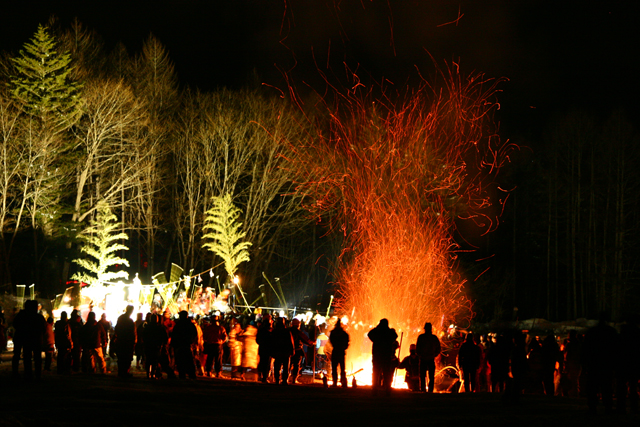
Every year, on the 3rd Saturday of January, the Togakushi Dondo Yaki Festival welcomes in the New Year. Residents of Togakushi and a relatively small crowd of visitors from elsewhere gather around a 3 metre high bonfire built out of locally-sourced green bamboo. This structure makes for quite the enchanting site when it is set alight. The ritual of burning the bamboo is said to confer good fortune on the town and all who visit it in the year ahead. After the bonfire has been lit, visitors can enjoy local delicacies such as rice cakes and ‘sake ‘as they watch the drum show followed by fireworks that bring this fantastic festival to a close. The festival kicks off at 7pm on the 3rd Saturday of January each year at the Togakushi Campground. As the event runs until around 10PM it’s best to book a hotel in the area. Just be sure to book in advance, as this is a popular event and nearby rooms tend to sell-out fast.
14 / STAY AT A TRADITIONAL ‘SHUKUBO’ / all year round
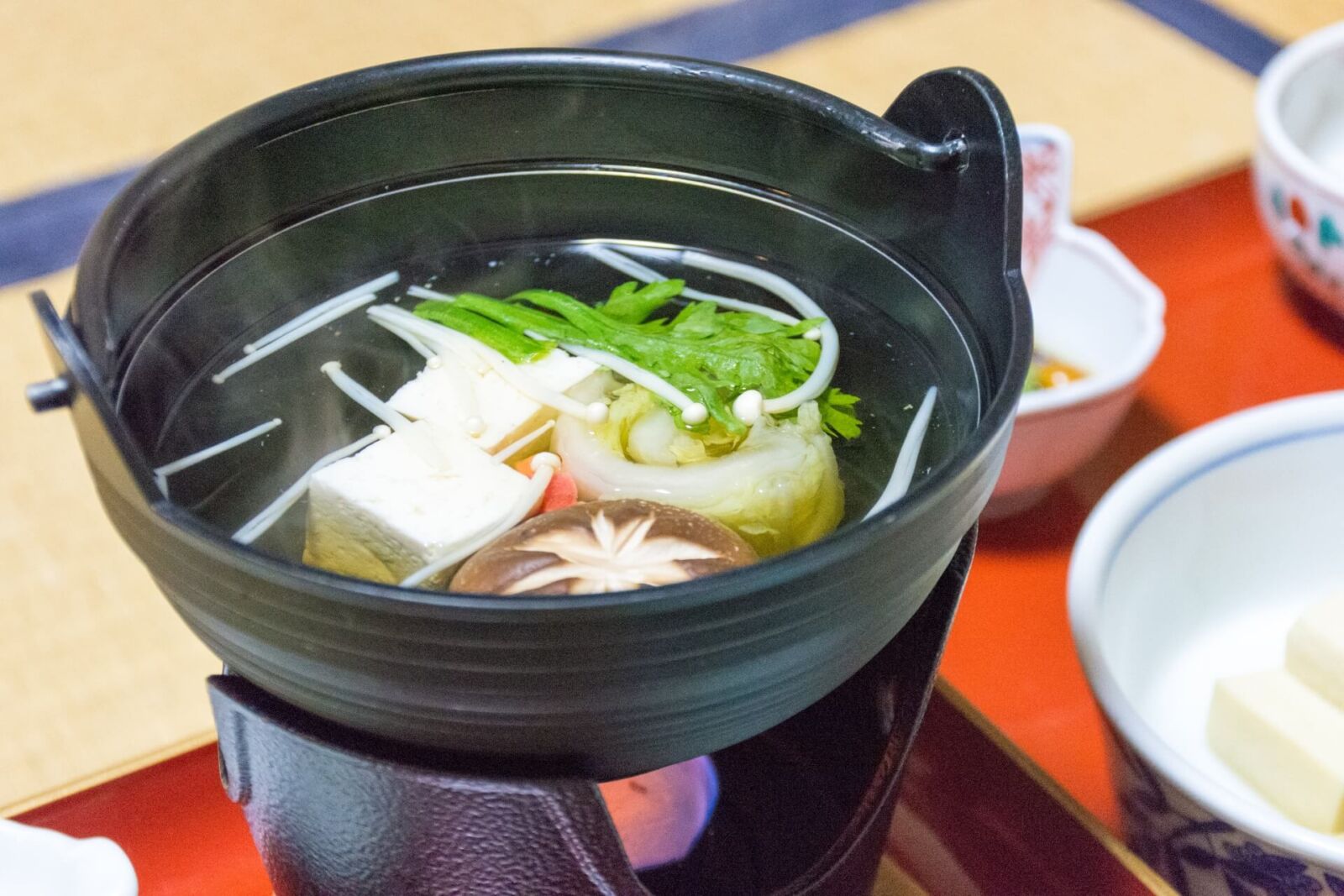
The area around Togakushi village is home to multiple ‘shubuko’, traditional guesthouses that act as lodgings for people on pilgrimage to the shrines and walking the trails. Offering relaxing stays and traditional comforts in association with the shrines, shukubo welcome guests of any faith and background and are not restricted to those on pilgrimage or require any knowledge of Shintoism or Buddhism. See ‘Where to Stay When Visiting Togakushi’ below for more information.
15 / CAMPING IN TOGAKUSHI / April to October
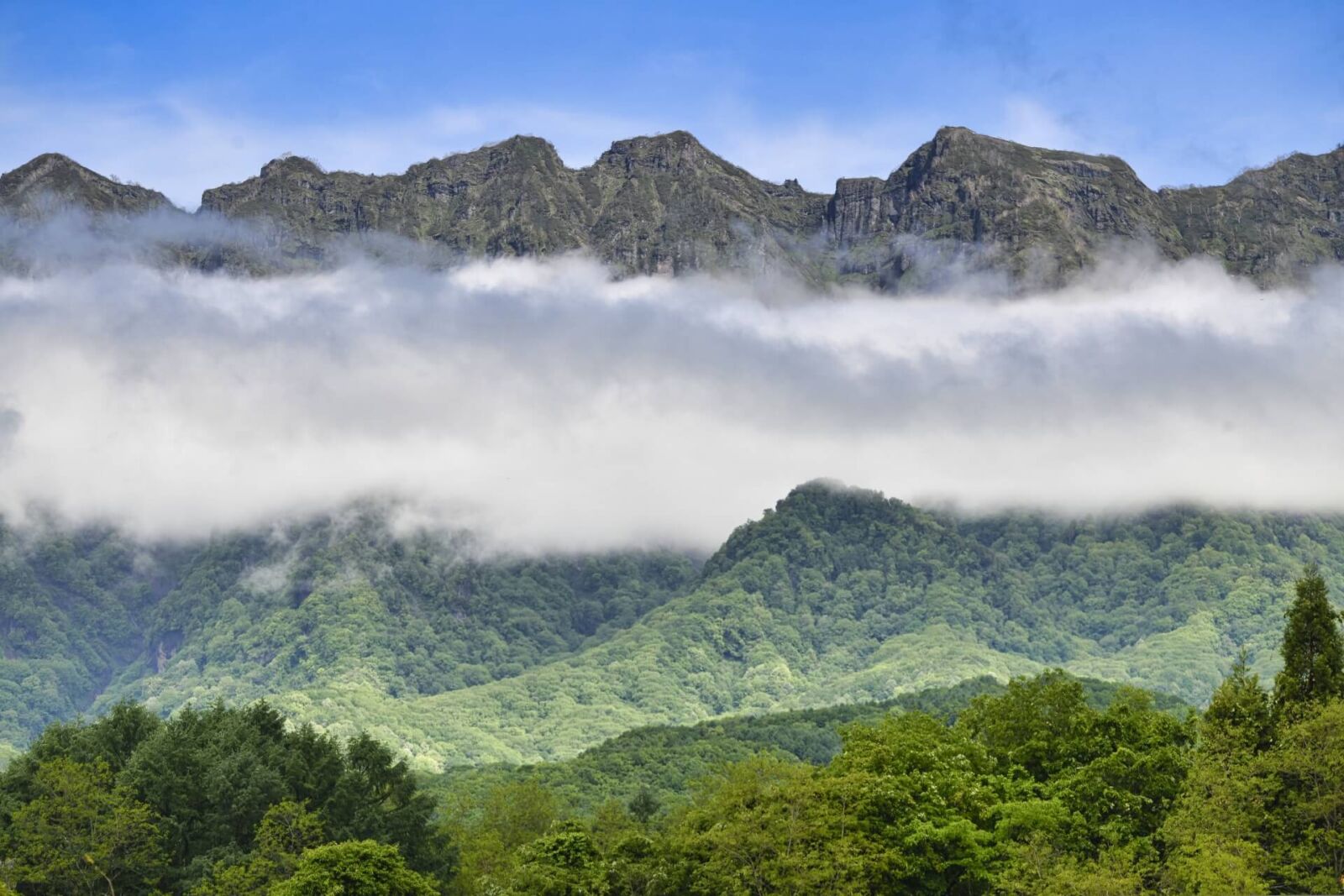
There are few better ways to reconnect with nature and rediscover our own sense of balance with the natural world, than to spend a couple of days camping. With its mountains, woodlands, and tremendous, unspoiled scenery, Togakushi is perfect for such a break. From April 29th to October 30th each year, the Togakushi Campground accommodates up to 350 vehicles. Bungalow and cottage renting options are also available.
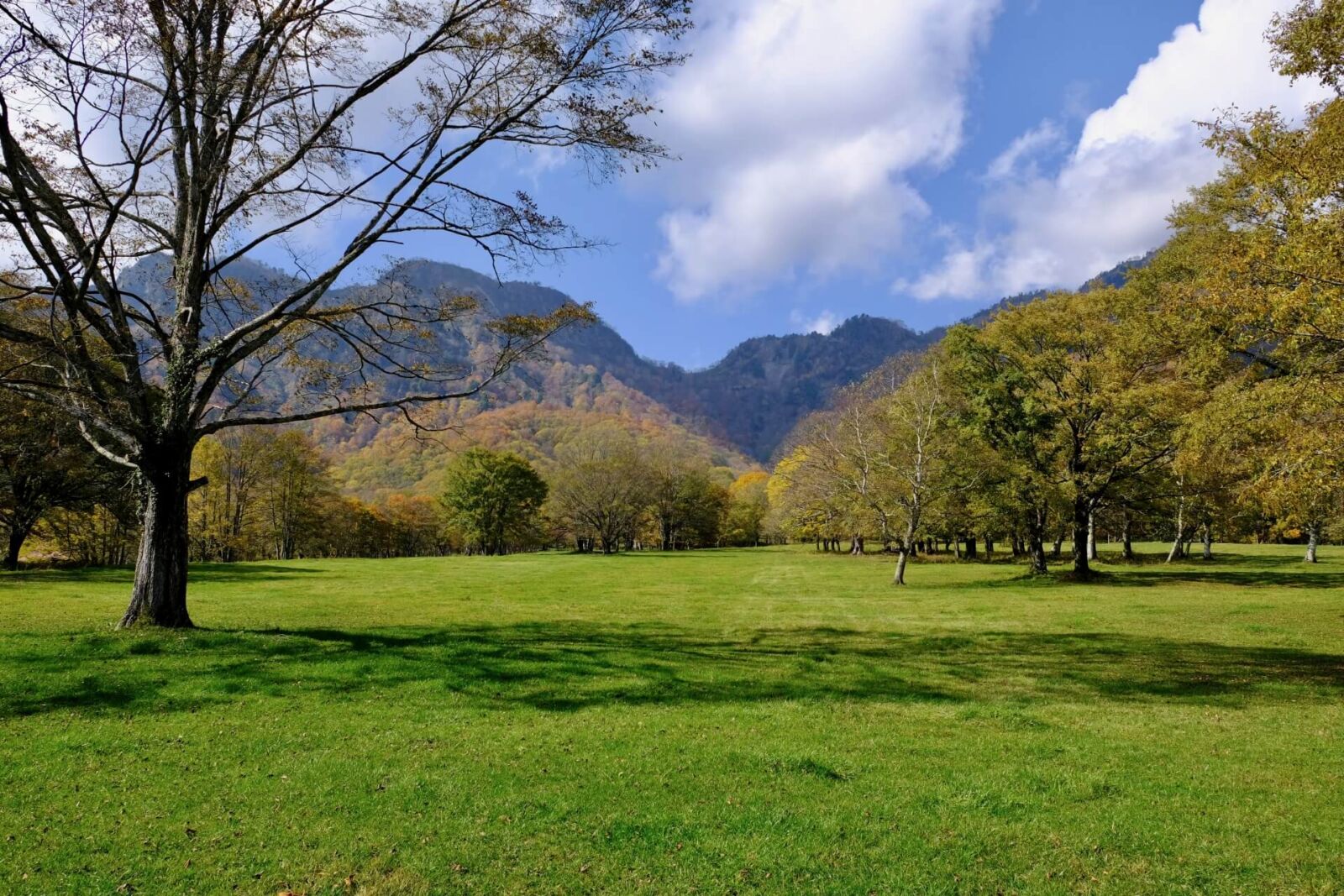
Surrounding by a white birch forest, you can either enjoy hiking through the nearby nature trails, or perhaps just sit back, open a beer and enjoy the splendid scenery as nature intended. Prices are reasonable too, at just JPY3000 yen per car per day. Bungalow rentals start from JPY5000 and cottages vary from JPY18,000-JPY24,000 per day if you fancy some extra comfort. Camping-out doesn’t mean you have to slum it though, there are plenty of facilities on site to make the most of your stay. Hot showers, flush toilets, outdoor kitchens and even an on site shop are available to help you make the most of your stay. The campground is also only a 25-minute walk from the shrines and other facilities in the main Togakushi village, so its also the perfect spot from which to explore area in more detail, at your own pace.
WHERE TO STAY WHEN VISITING TOGAKUSHI
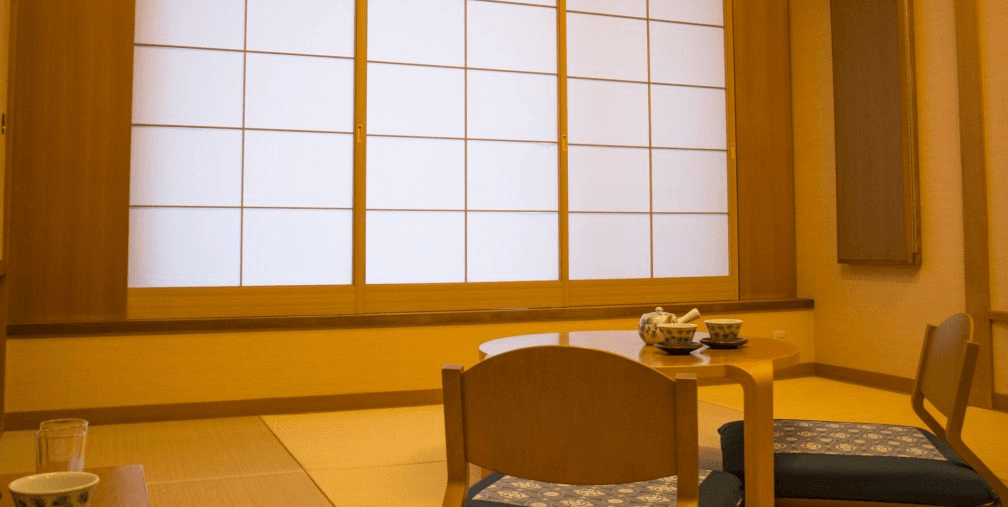
Togakushi offers visitors a choice of traditional guesthouses – mostly located around Togakushi village and the shrines – along with small lodges and hotels nearby the ski resort. Staying in the area is a great option for travellers wanting to enjoy the tradition of a ‘ryokan’ or ‘shukubo’, or for anyone planning to ski or snowboard during the winter. Alternatively, staying in central Nagano City opens-up a greater range of accommodation including large, Western-style hotels with English-speaking staff mostly found around Nagano Station. As most international visitors will pass through the station enroute to Togakushi, staying in the city and using local buses to reach the area as a day-trip works perfectly fine. Let’s first consider staying locally:
TOGAKUSHI AREA
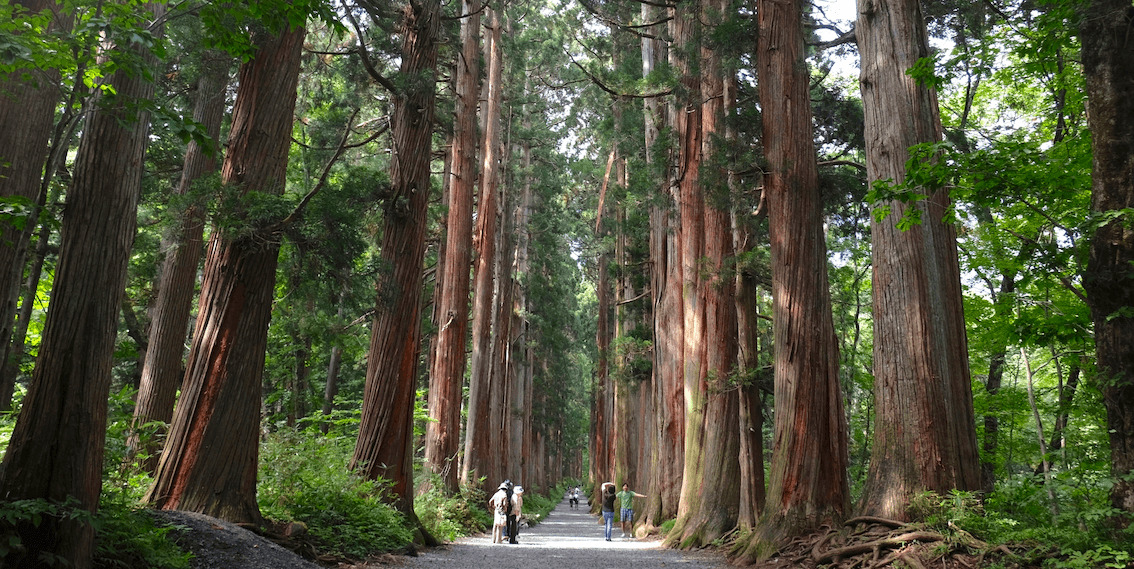
Togakushi village and the area surrounding the shrines is home to a number of ‘ryokan’ (traditional guesthouses) including several ‘shukubo’ (temple lodgings). As such, staying in Togakushi offers guests the chance to enjoy a uniquely Japanese accommodation experience. Most guesthouses offer both dinner and breakfast service, traditional rooms with on-floor ‘futon’ bedding with some also have in-house hot springs. Most guesthouses are concentrated around the ‘Hokosha’ (Lower Shrine) and the lower area of Togakushi village with a second concentration nearby the ‘Chusha’ (Middle Shrine). Togakushi Ski Resort is located another 5-minutes drive past the village and offers several small ski lodges and family-run guesthouses. For accommodation listings, see our ‘Togakushi Area’ hotel page.
NAGANO CITY AREA
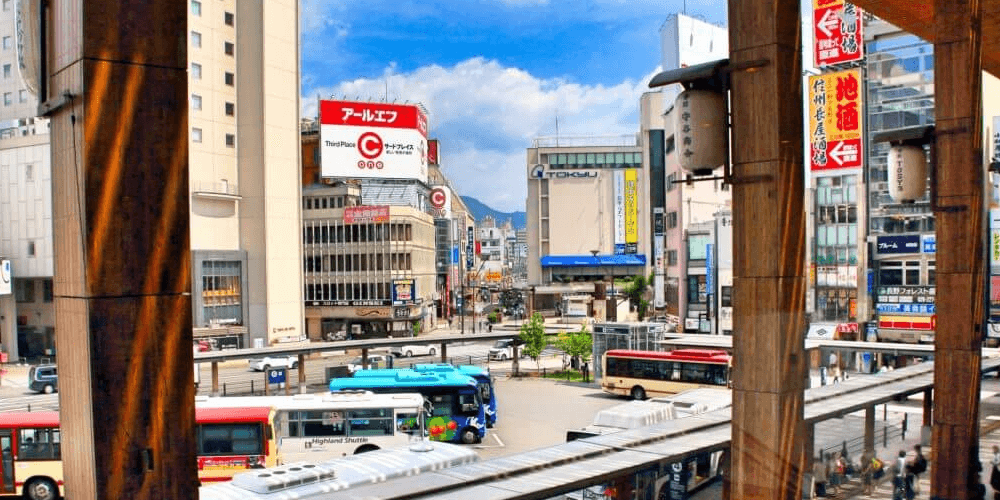
Nagano City boasts lots of accommodation options, most of which are centred around Nagano Station. Local buses operate from the station to Togakushi, making the journey in around 45 to 70-minutes depending on your exact destination and the season/weather conditions. Express train lines, regional buses, taxis and tours also operate from the station making the area the most convenient place to stay when exploring the region. The area immediately around the station has plenty of large hotels catering to international visitors. Prices for accommodation are typically good with many hotels offering Western-style rooms and amenities, in-house restaurants and English-speaking staff. Around 15 to 20-minutes walk from the station, the area around Zenko-ji Temple has smaller guesthouses including many ‘shukubo’ (temple lodgings) in the surrounding streets. For accommodation listings, see our ‘Nagano City Area’ hotel page. When staying in Nagano City, we recommend:
HOTEL KOKUSAI 21

Located between Nagano Station and Zenko-ji Temple, Hotel Kokusai 21 is the city’s most established international hotel. Known for its blend of modern amenities and attentive Japanese service, Kokusai 21 offers guests spacious Western-style rooms with private bathrooms, multiple in-house restaurants including daily breakfast service and English-speaking 24-hour reception. Within easy walking distance of the station and the city’s most popular attractions and dining areas, Kokusai 21 offers unmatched comfort, convenience and professional service in the heart of Nagano.
HOTEL NAGANO NEW NeXT
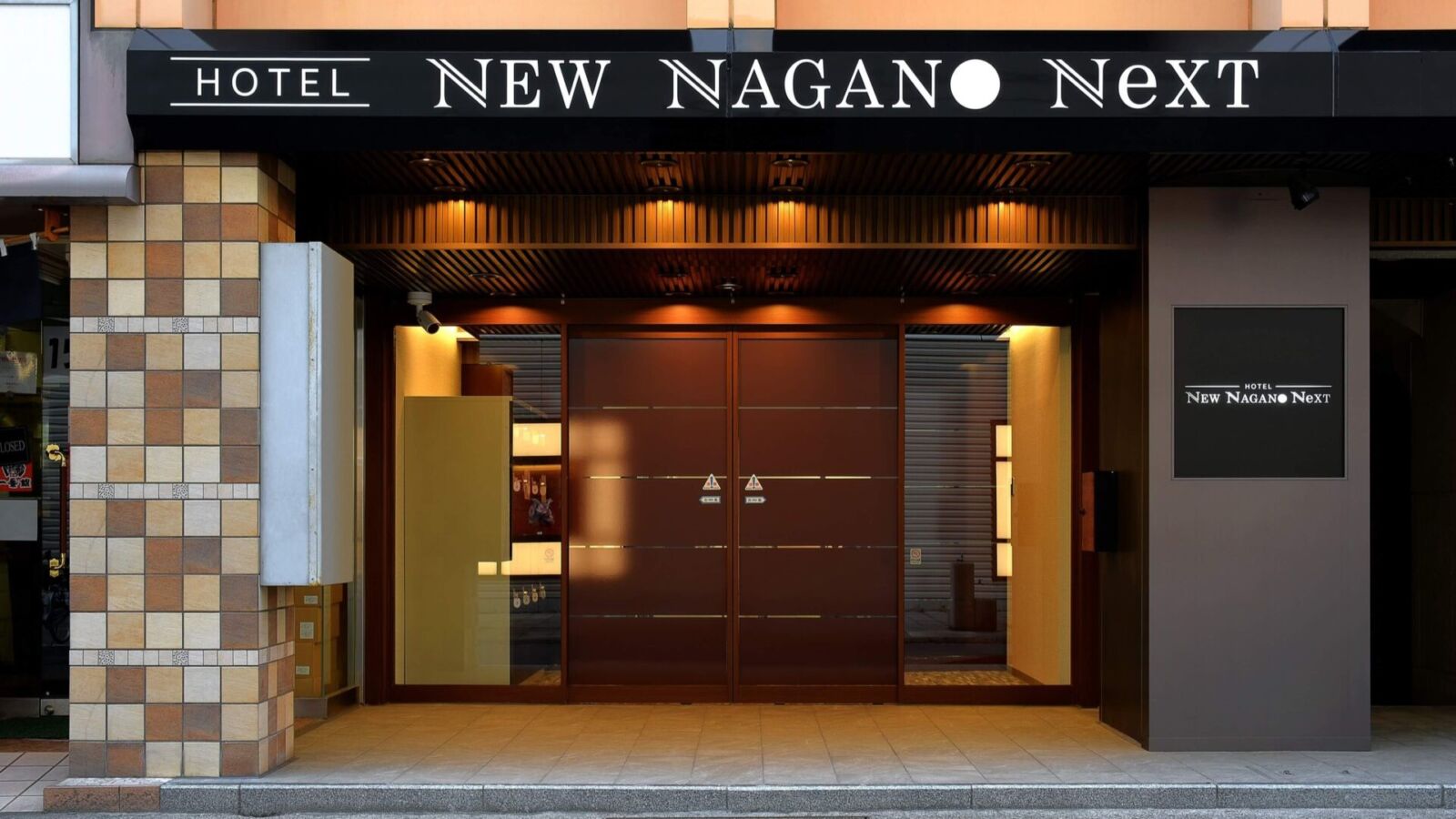
Only 2 minutes walk from Nagano Station, Hotel New Nagano NeXT offers travellers affordable yet modern, comfortable and convenient accommodation. Four room types – single, double, twin and superior twin – each feature comfortable Western-style bedding, private bathrooms including toilet, shower and bath along with TV and Roomcast with ability to access streaming services and lots of touches more typical of a hotel well above its price range, rounded-out by a delicious buffet breakfast service that guest can enjoy in their rooms.
EXPLORE MYOKO-TOGAKUSHI RENZAN NATIONAL PARK
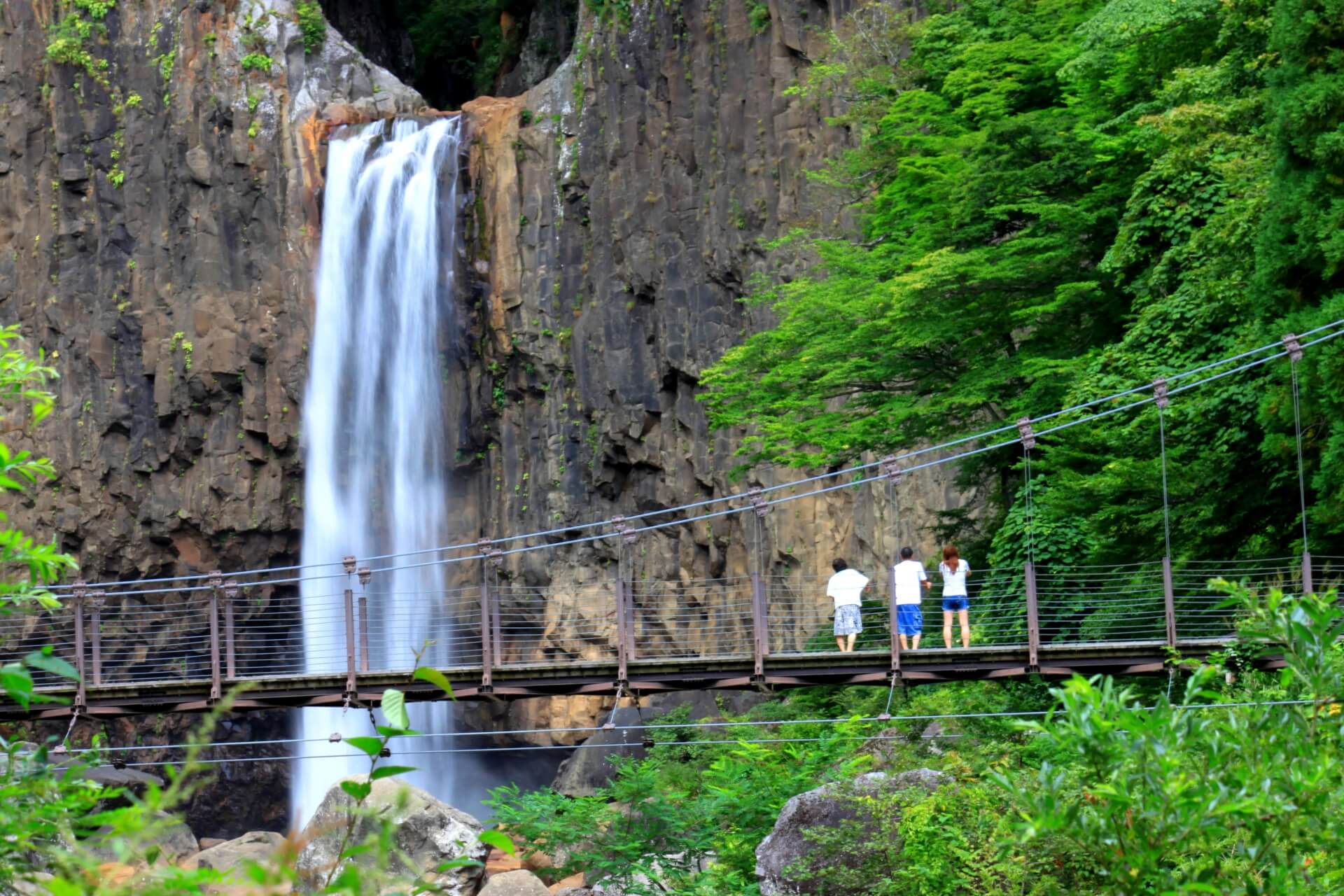
Located around 1200 metres above sea level, Togkaushi is nestled within the larger Myoko-Togakushi Renzan National Park. The park is densely-packed mountainous area of forests, waterways, ski resorts and important mix natural and cultural sites. Among its multiple peaks Mount Hiuchi is the tallest at 2,462 metres above sea level while the park takes its names from the peaks of Mount Myoko and Mount Togakushi. Extending into Niigata and the ski resorts surrounding Mount Myoko, the national park is a destination to itself that can be enjoyed throughout the year. For more information, see our ‘Myoko-Togakushi Renzan National Park’ page.
HOW TO GET TO TOGAKUSHI
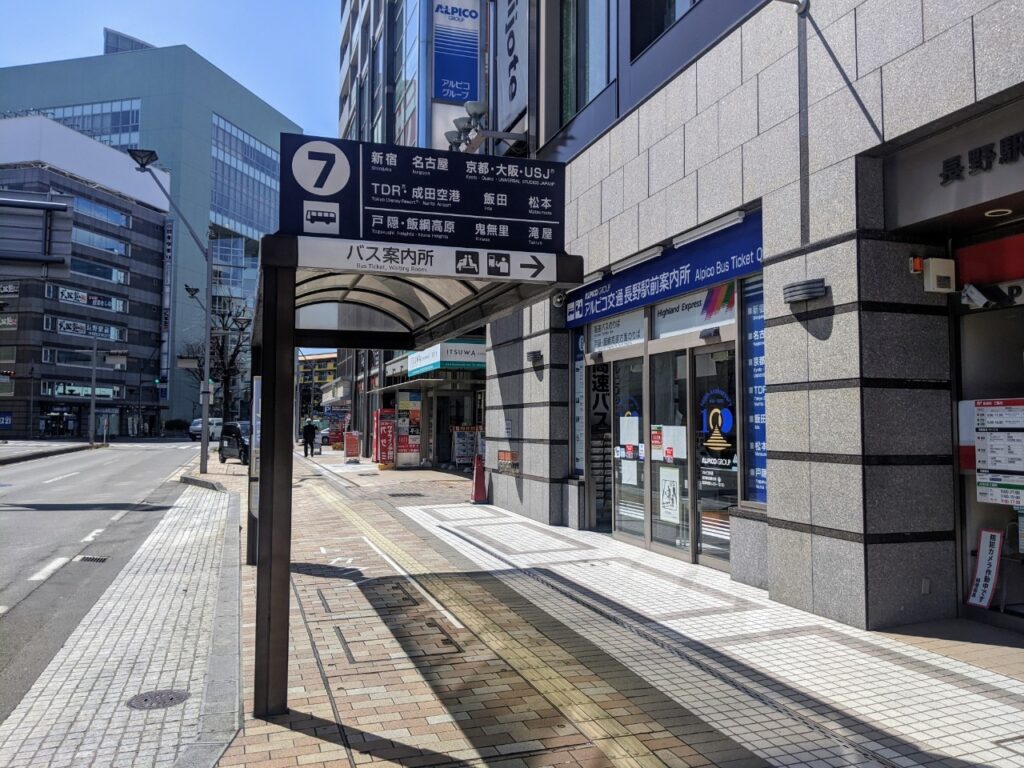
Togakushi is readily accessible from Nagano Station using local bus services. To access the bus stop – as shown above – you first need to exit the station from the Zenko-ji Exit and head over the intersection to the Alpico office and bus stand – less than a 1-minute walk. Alternatively, you can use the footbridge/overpass from the second-floor of the station – accessible through the Midori shopping centre – to cross then intersection and then descend to the bus stop below.
From the Alpico bus stop, take bus numbers 70 or 71. Buses depart approximately once per hour and the journey from Nagano to the first areas of Togakushi takes approximately 50 to 60-minutes. There are several stops to choose from when you arrive including Togakushi-Hokosha (Lower Shrine), Togakushi-Chusha (Middle Shrine) and Togakushi-Okushairiguchi (Upper Shrine). The Okushairiguchi stop is nearest to Kagami-ike (Mirror Pond) while the Chusha stop is the most convenient for those wanting to visit the Ninja Museum.
For information on how to get there from more distant starting points including Tokyo, Kanazawa, Kyoto and Osaka, see our ‘How To Get To Togakushi’ page.
Want to experience the Legends of Togakushi for yourself?
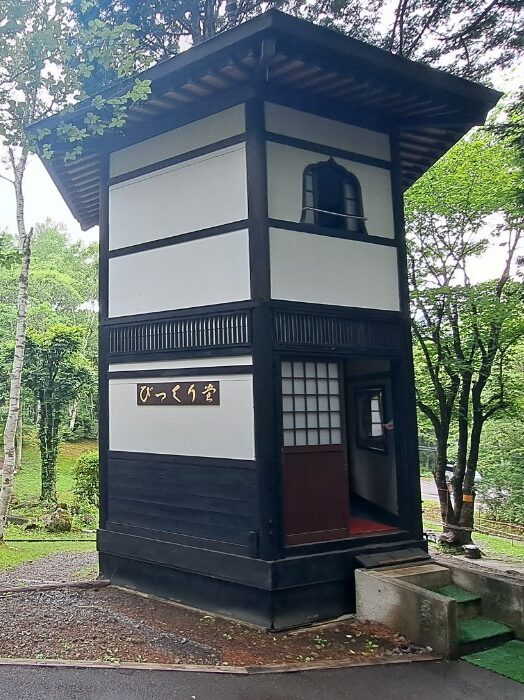
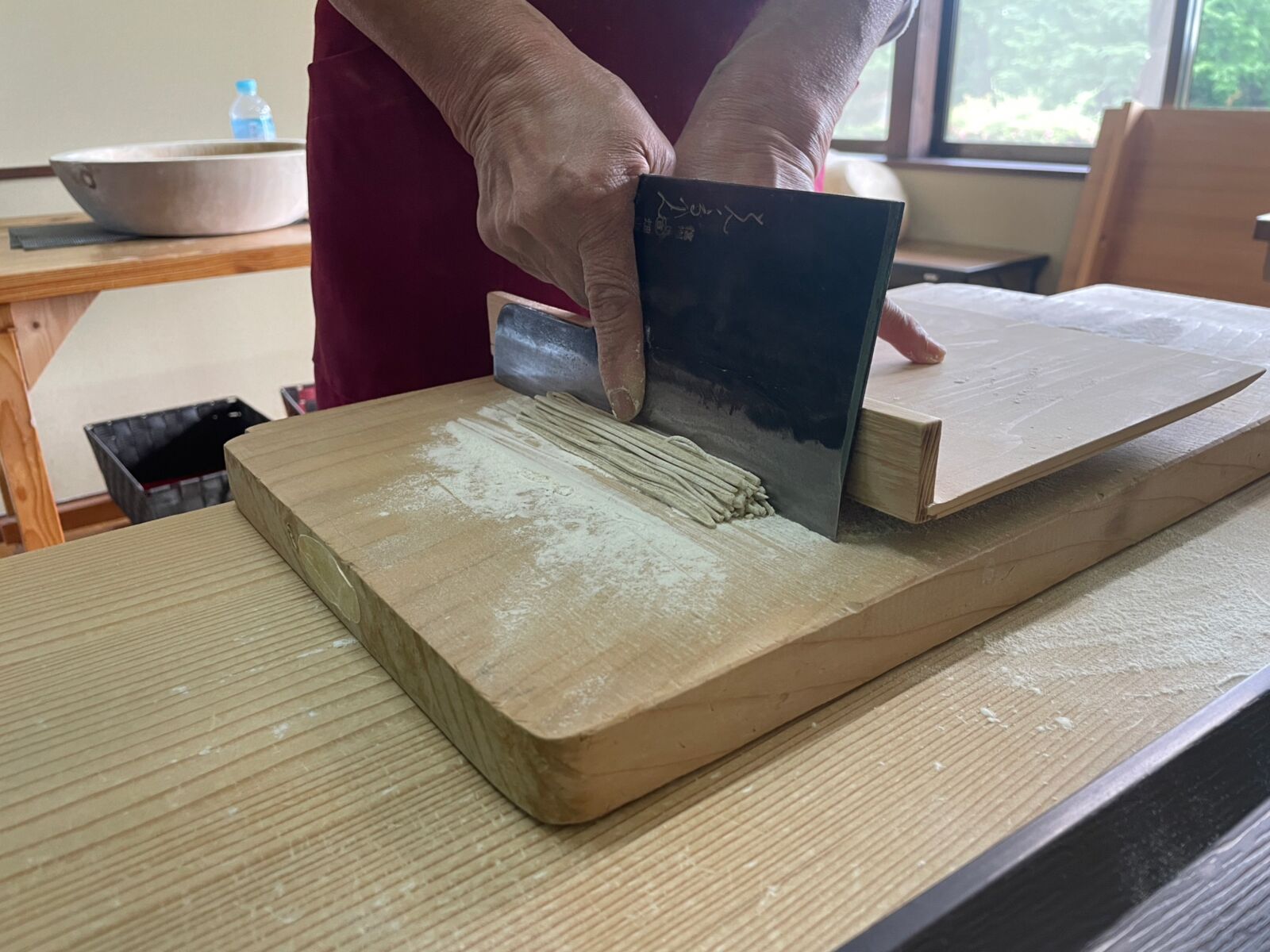
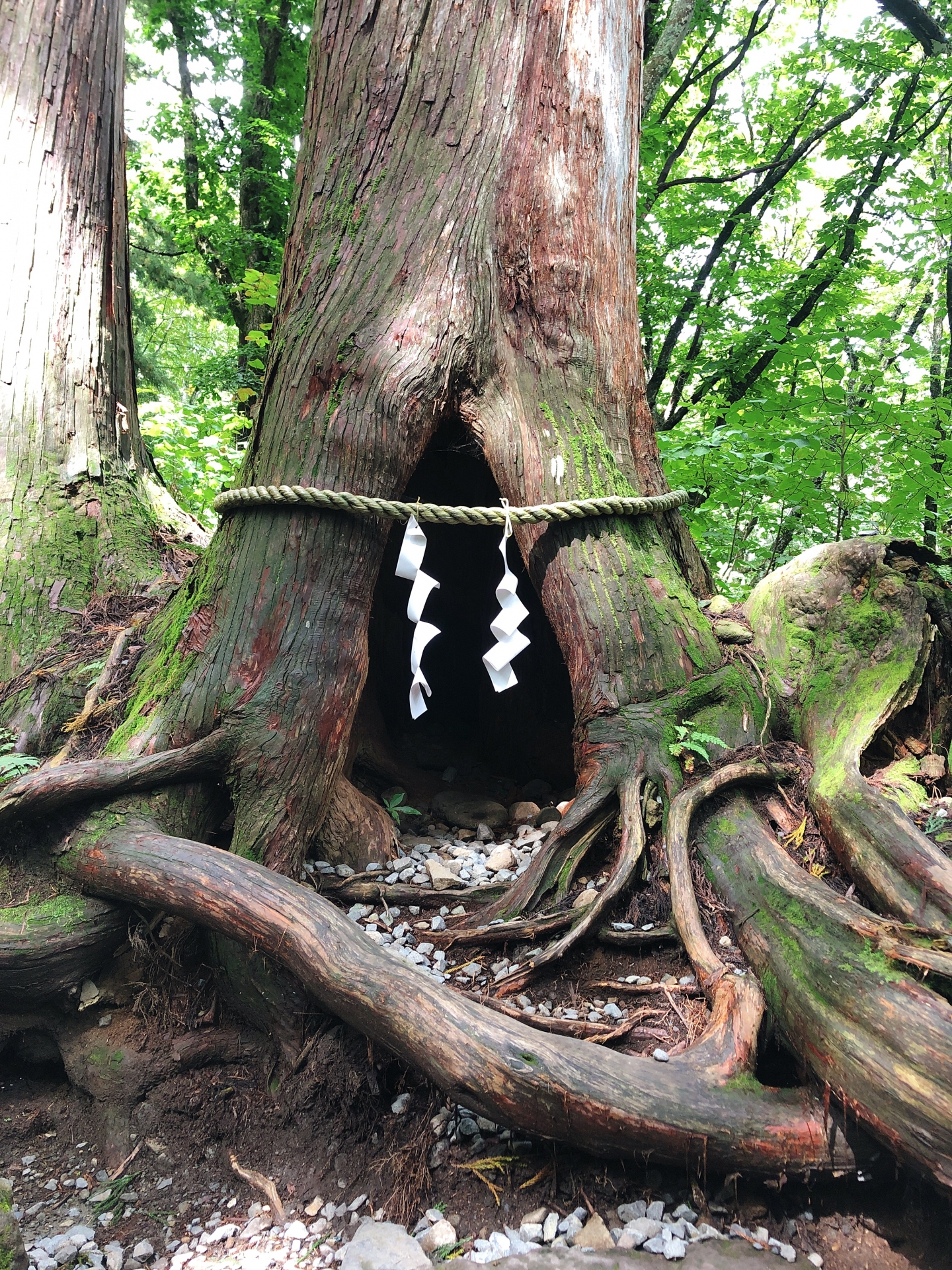
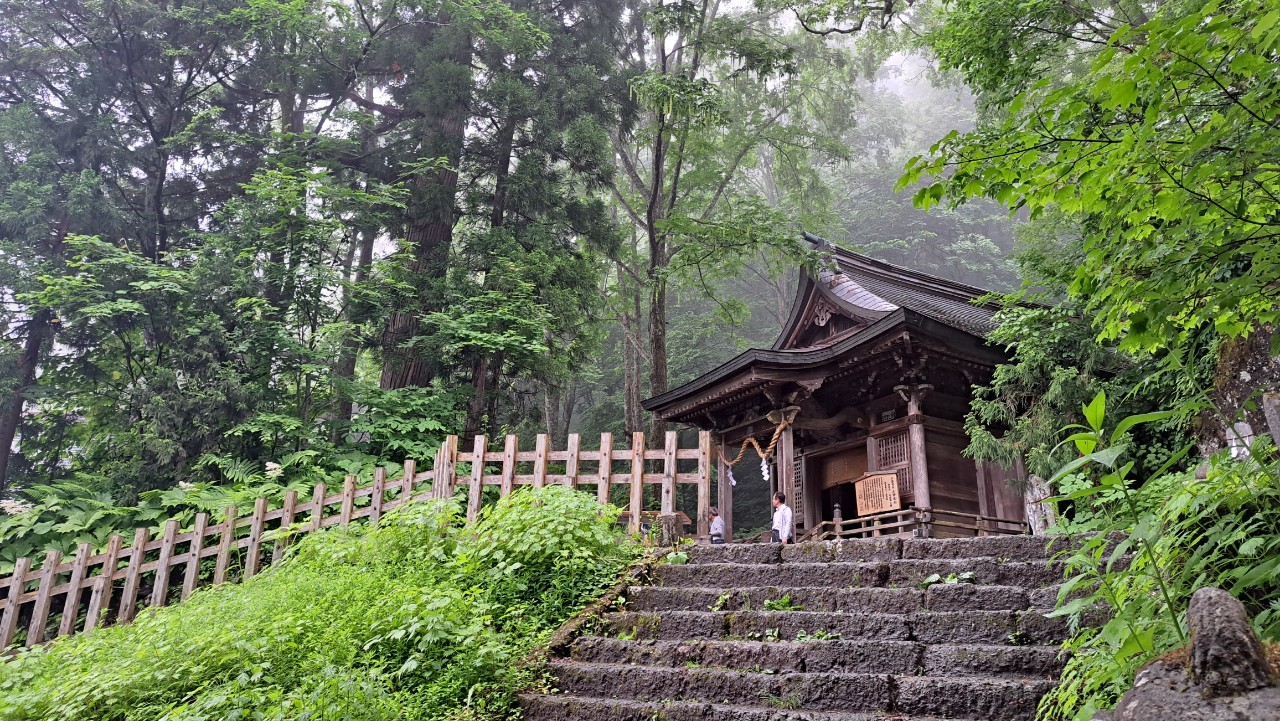
Based in Central Japan and operating in July, August, September, October and November, we offer a highly entertaining group-tour of Togakushi that is sure to please! All tours are led by locally-based guides and combine a visit to several places-of-interest in Togakushi, including a hands-on soba noodle crafting experience, ninja village trick house, and a visit to an ancient Shinto shrine hidden within the avenue of giant cedars! Our tours are fun, interactive and family-friendly. For more information, or to book a tour, click on the banner or button below.
1 Day Tour
| 1-Day Togakushi Legends Tour: Hands-on Soba Noodles, Ninja Village, and Hidden Shrines | |
| Period | July to November |
| Time | 09:35 – 17:20 |
| Meeting Place | Nagano Station Information Board |
| Adult Rate | ¥19,800 |
| Child Rate | ¥11,000 |

Of course, we also offer private tours and transport in and around the Togakushi area, and other regional destinations. Our drivers and vehicles are fully certified, allowing us to transport you to and from your preferred destinations in combination with any activity that suits your schedule. All vehicles are well-maintained and in good condition, allowing you to relax and enjoy your ride to wherever you are going.
We can arrange both private tours with an English-speaking guide or a private charter, including a private vehicle and driver but without a guide. We’d love to be part of your adventure in Central Japan and help you discover even more!
Got a question about visiting Togakushi or the general Nagano area? Click the ‘INQUIRY’ button below or contact us and let’s get planning together!
BOOK WITH US! NAGANO’S NO.1 TOUR & CHARTER OPERATOR
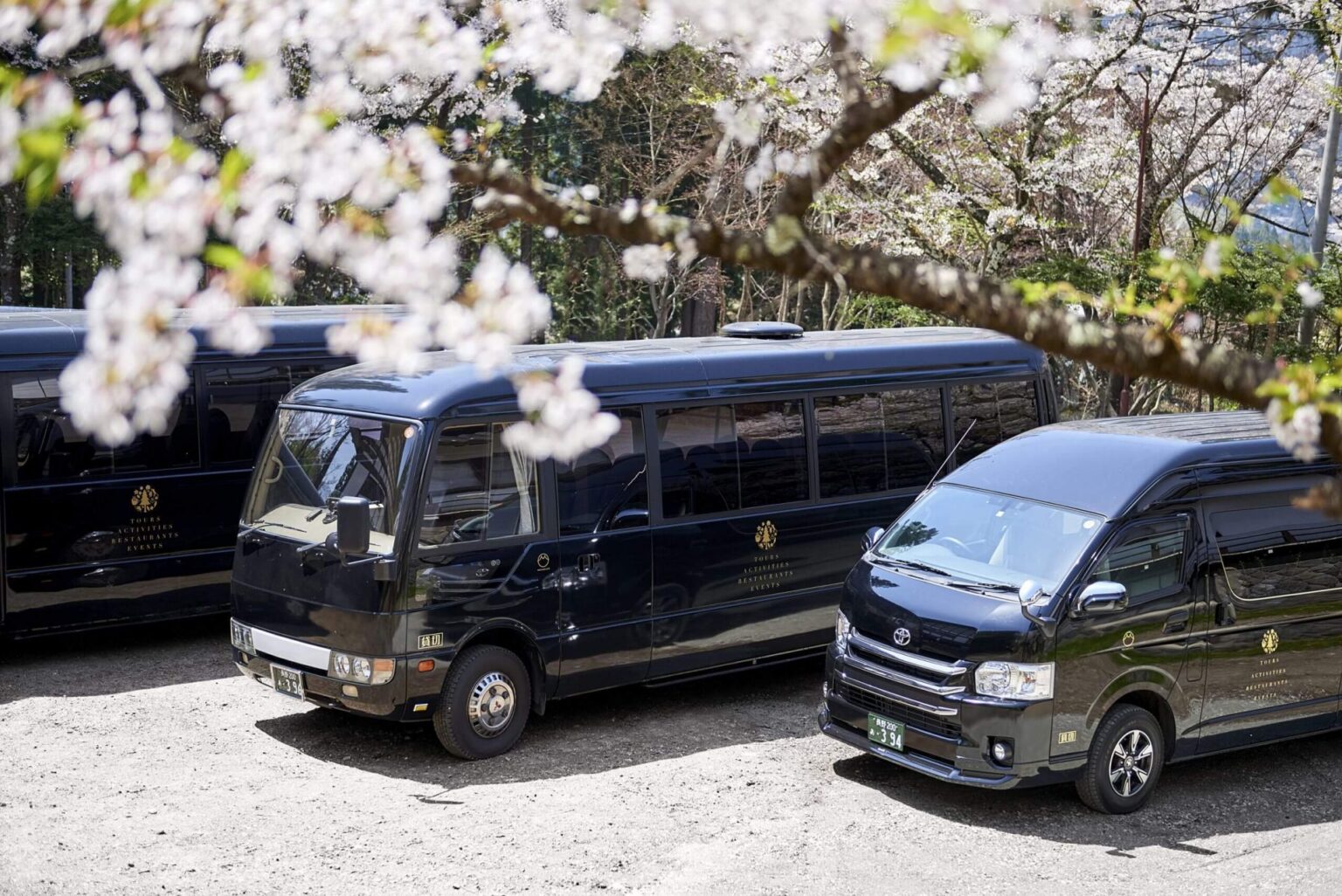

Central Japan offers many, many reasons to visit. Operating all year round, we are Nagano’s No.1-rated tour and charter operator, offering a range of services including group tours, private tours and charters. We can arrange transport including a private vehicle and driver, along with an English-speaking guide, to transport to, from and between any destinations in the region including Togakushi.
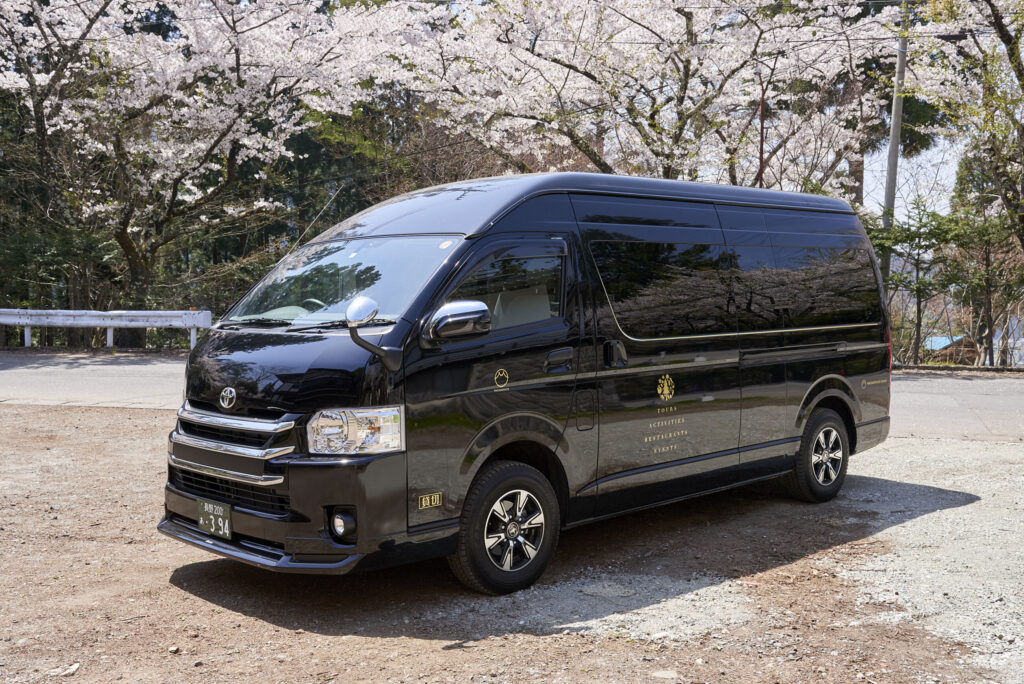
Our drivers and vehicles are fully certified, allowing us to transport you to and from your preferred destinations in combination with any activity that suits your schedule. All vehicles are fitted with a protective screen – separating the driver from passenger and luggage area – and our drivers wear protective masks, allowing you to move between your destinations in comfort and safety.


We can arrange both private tours with an English-speaking guide or a private charter, including a private vehicle and driver but without a guide. We’d love to be part of your adventure in Central Japan and help you discover even more!
Why choose us?
Awarded a 2022 TripAdvisor Travelers’ Choice Award for our 1-Day Snow Monkeys, Zenko-ji Temple & Sake Tour – recognised as one of the Top 10 Experiences in Japan – we have the local knowledge and experience to help you get the most out of your time in Nagano and Central Japan.
Got a question about visiting Togakushi? Click on the INQUIRY button below or contact us and let’s get planning together!




